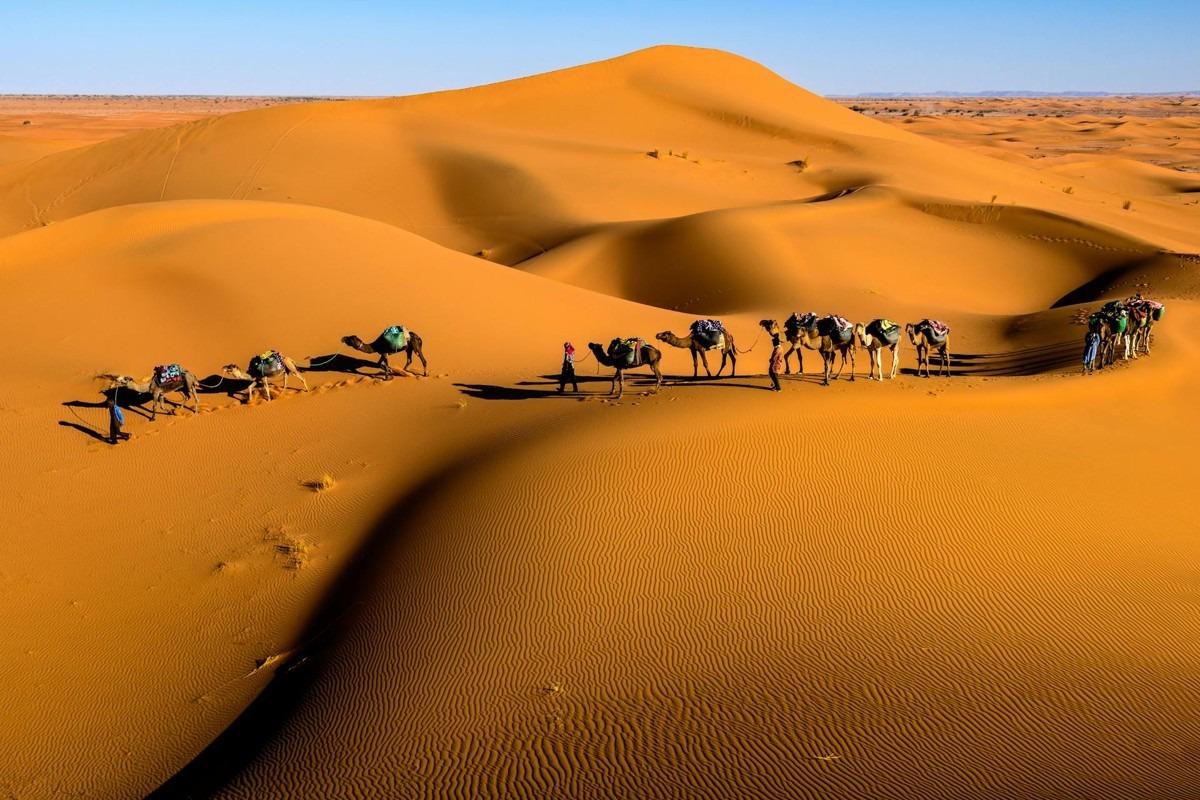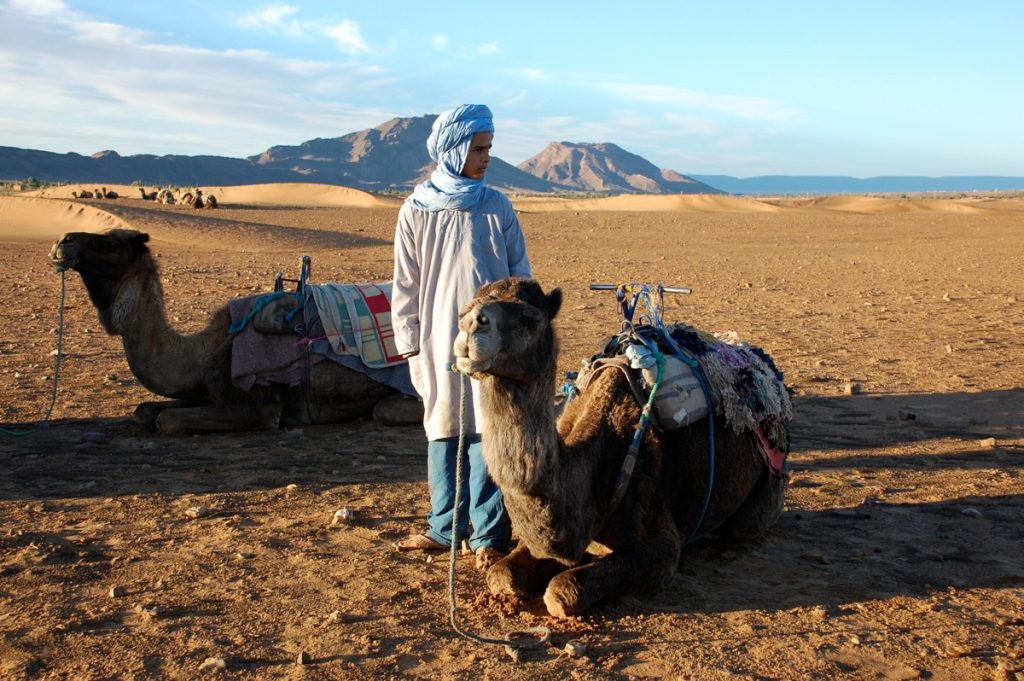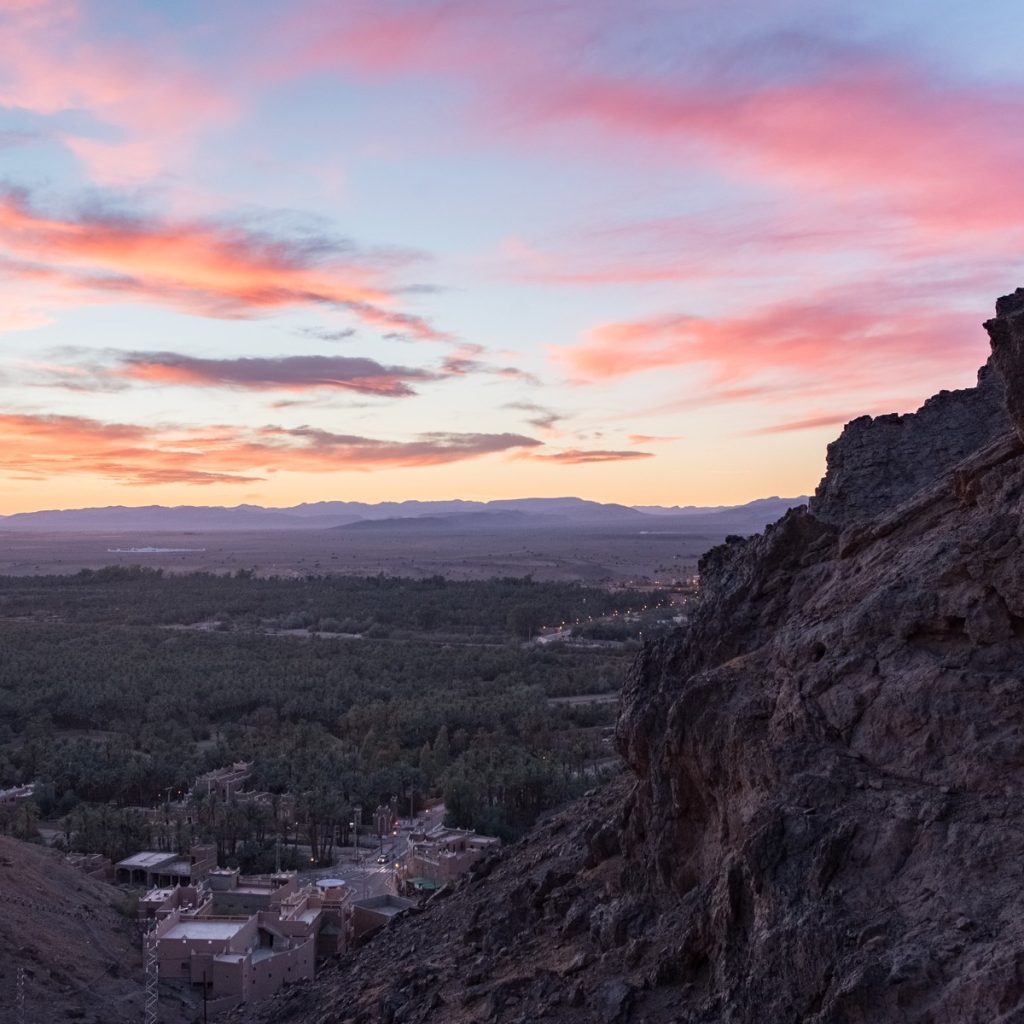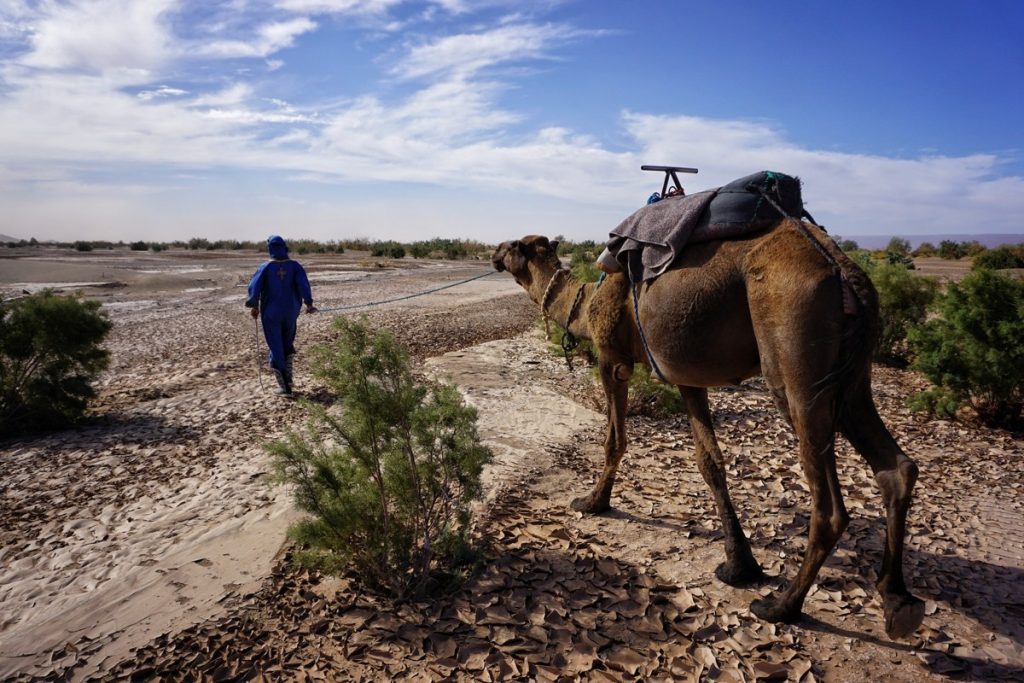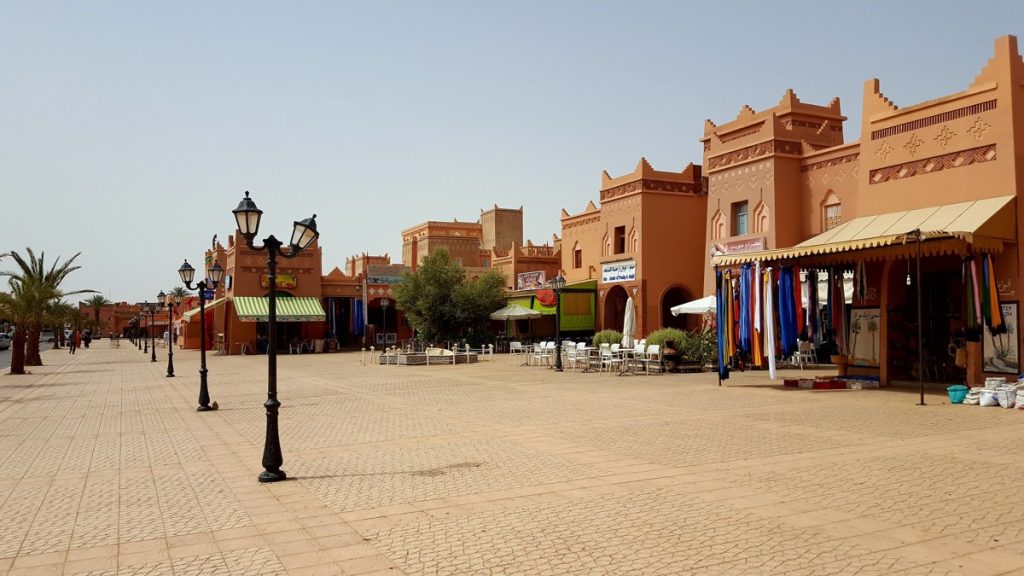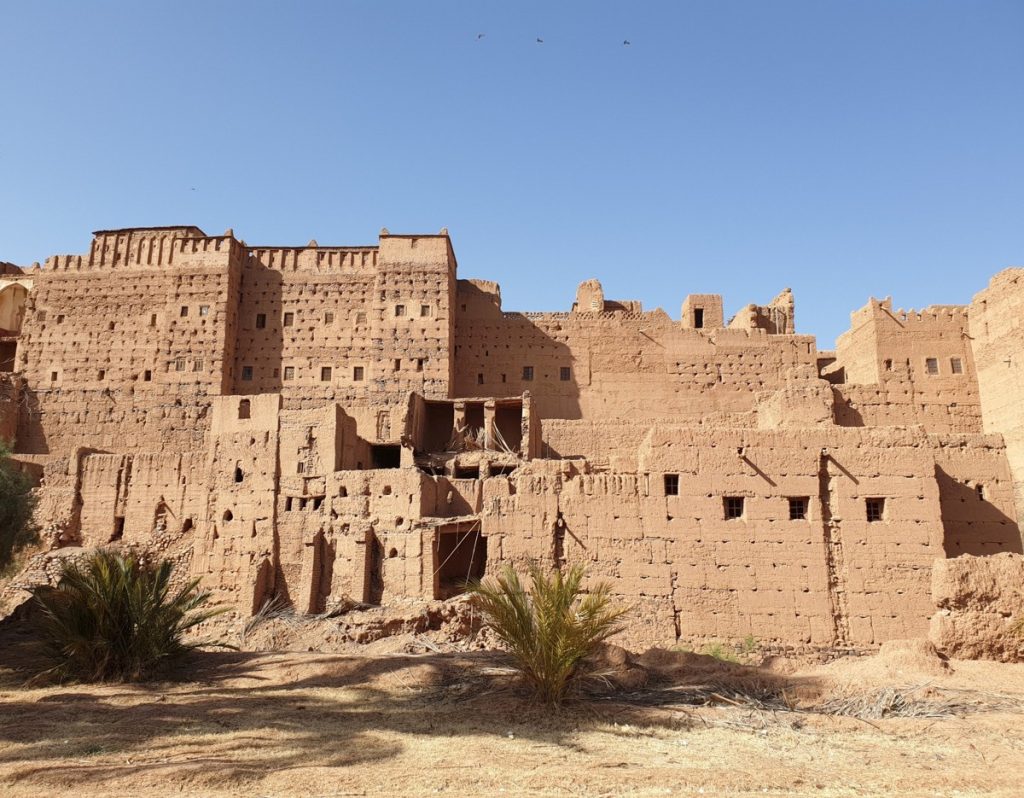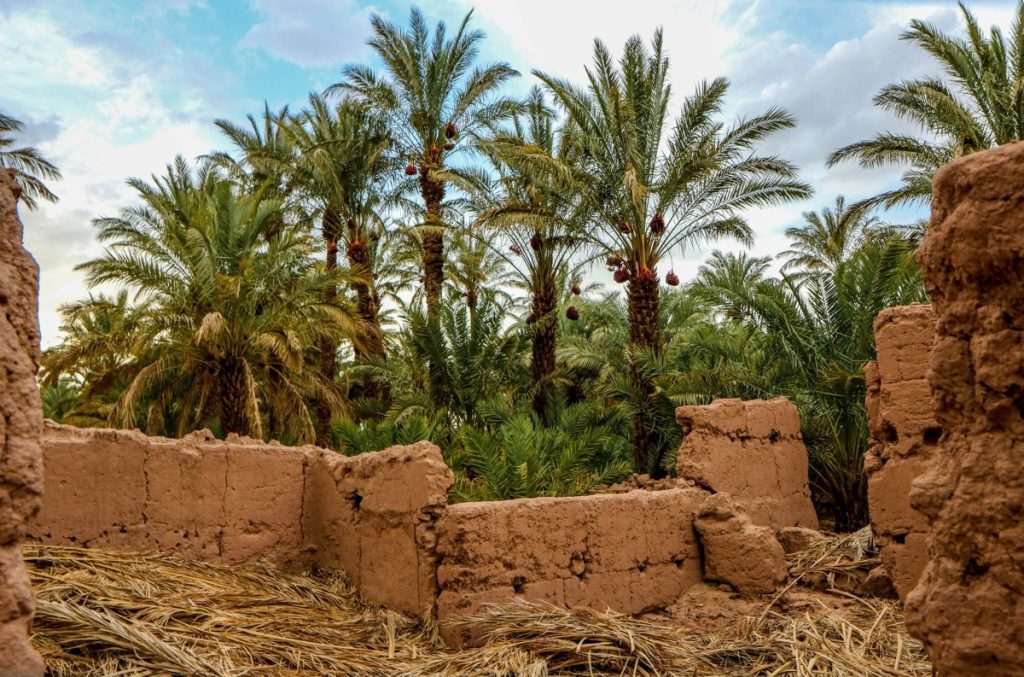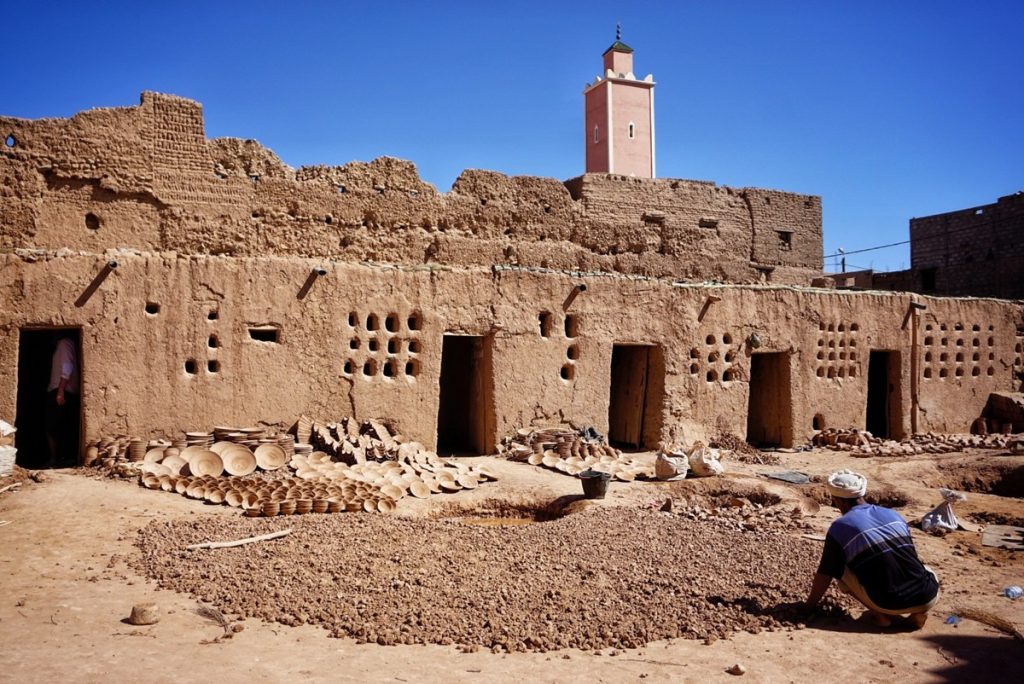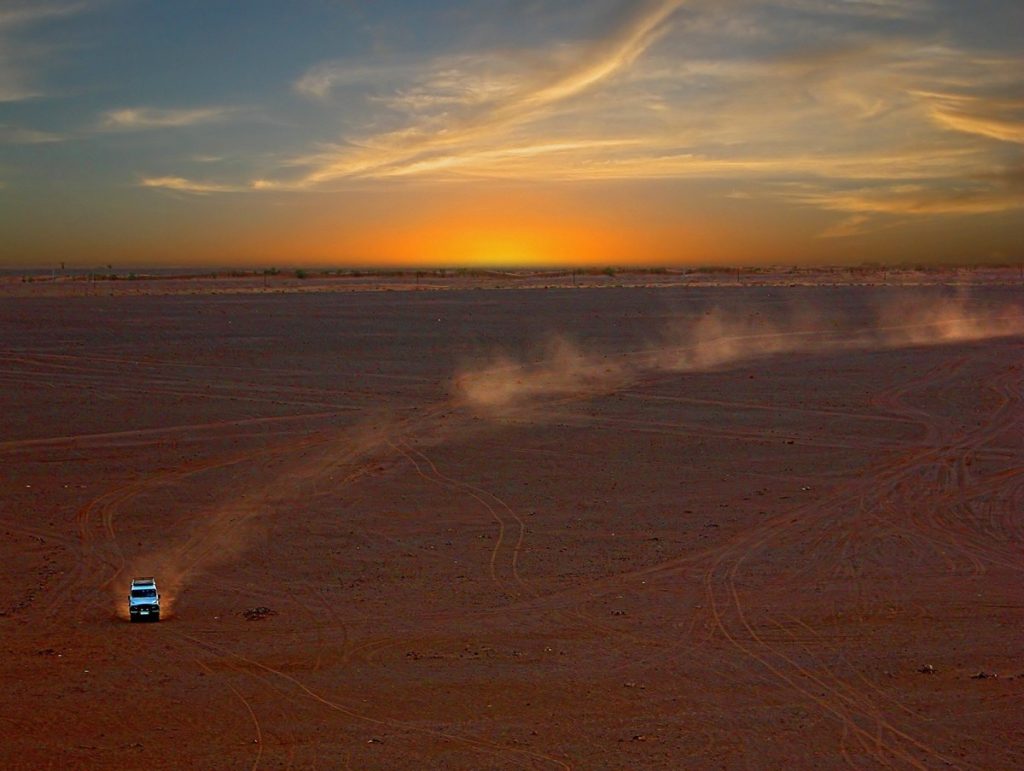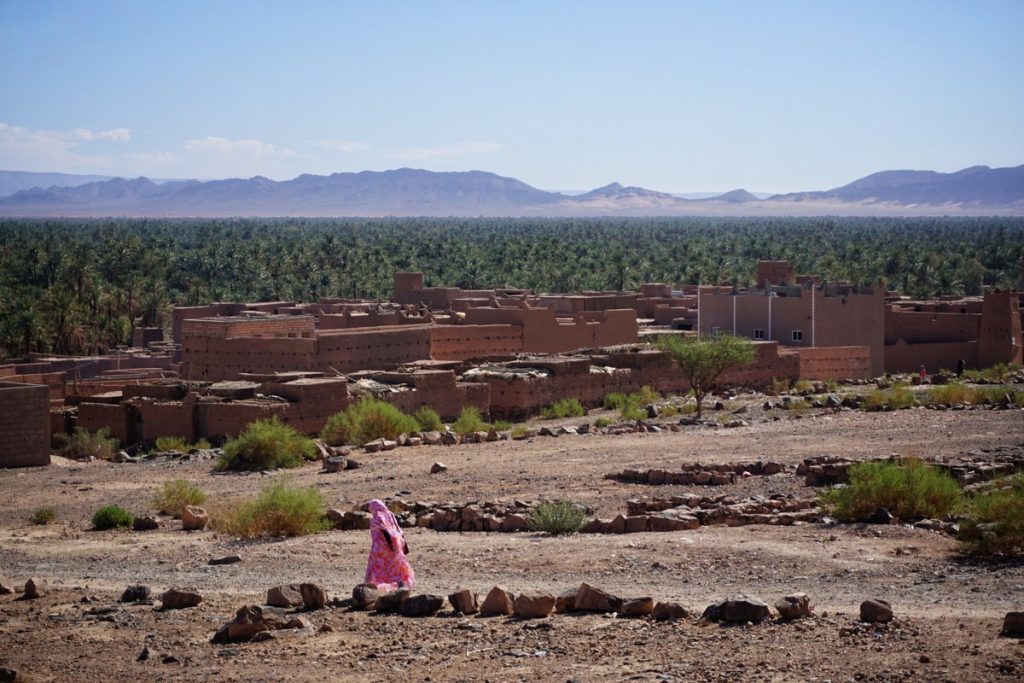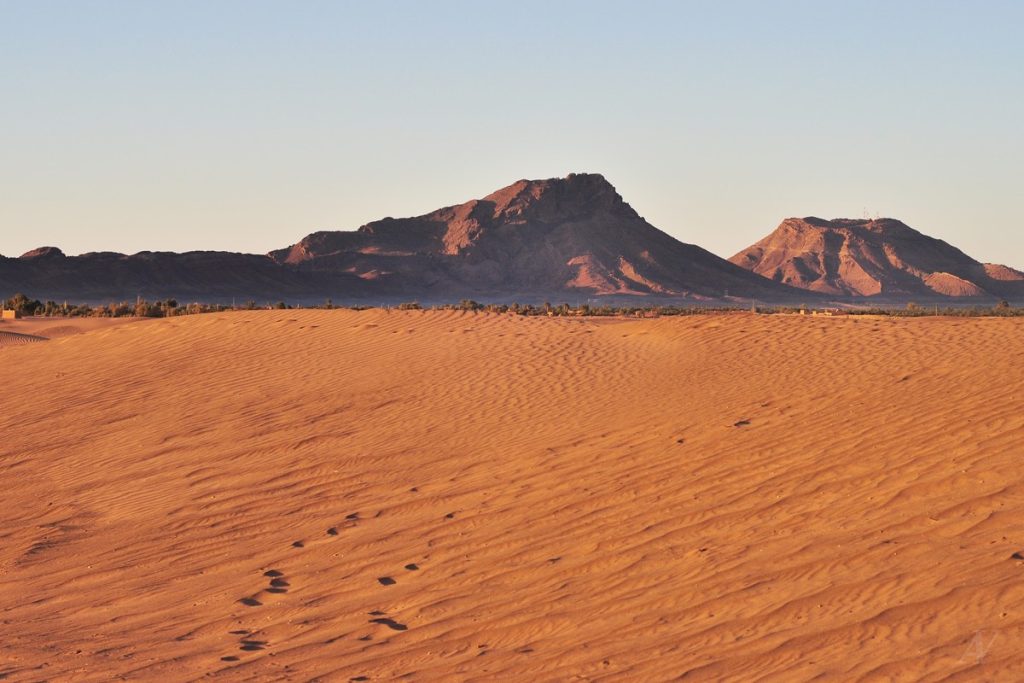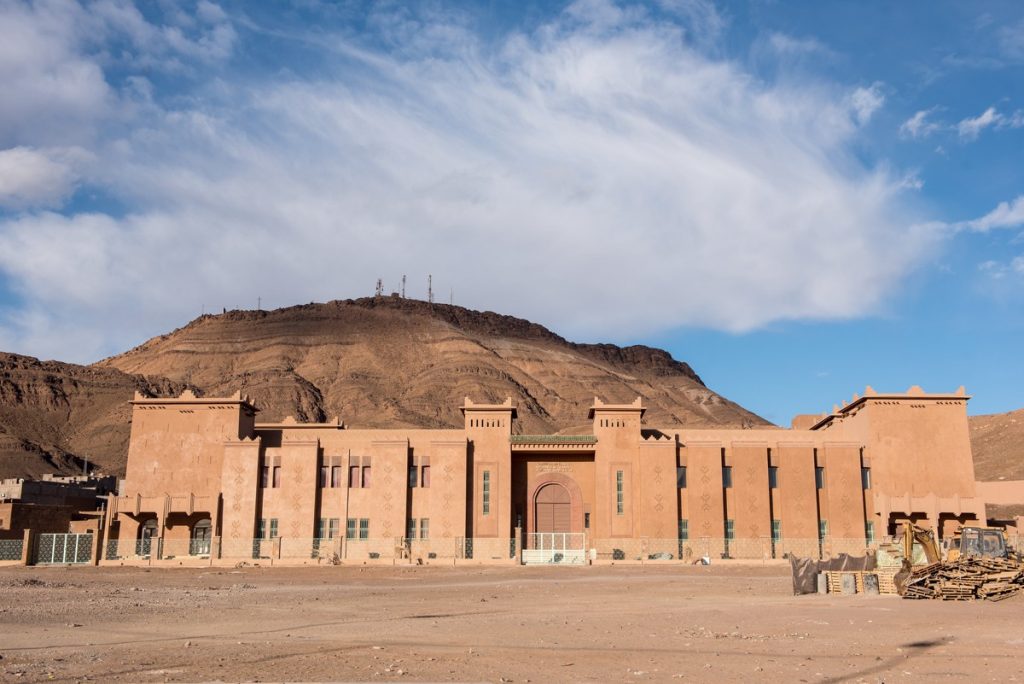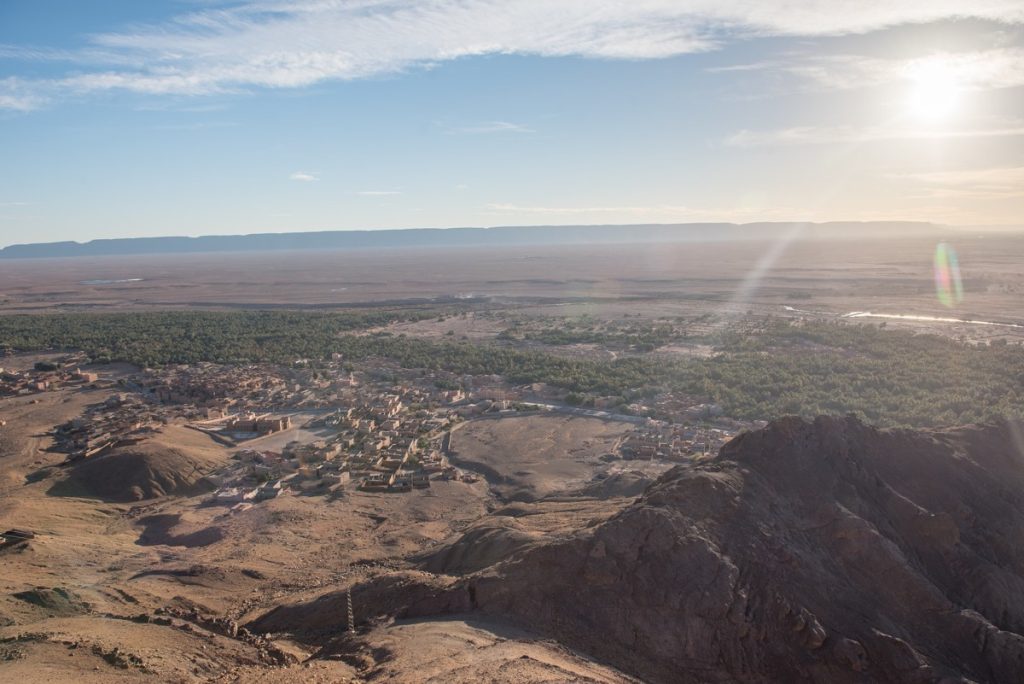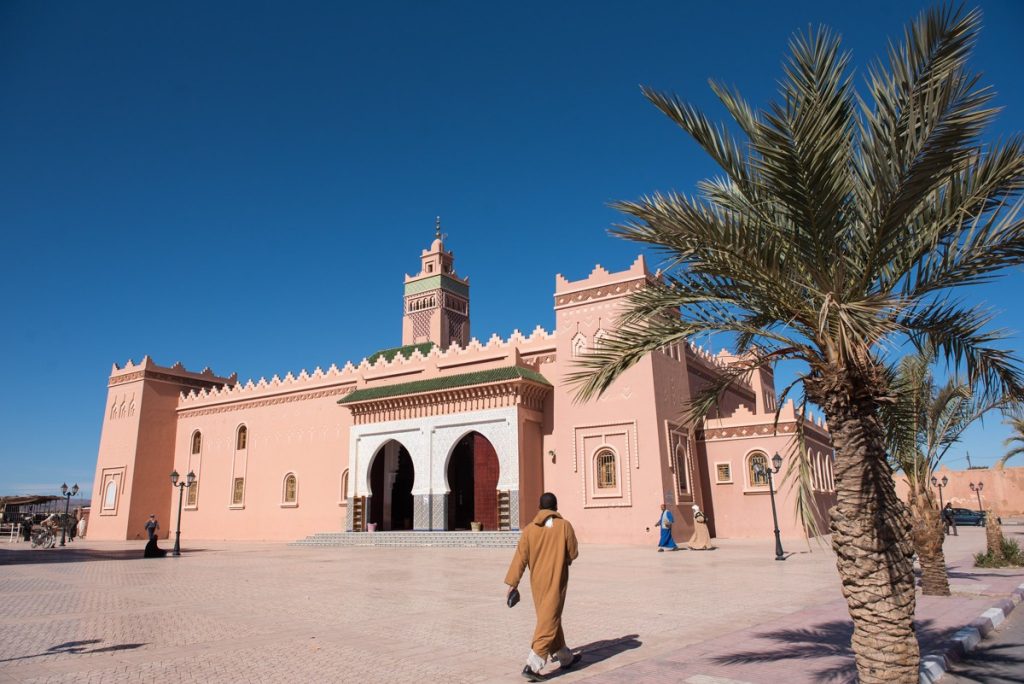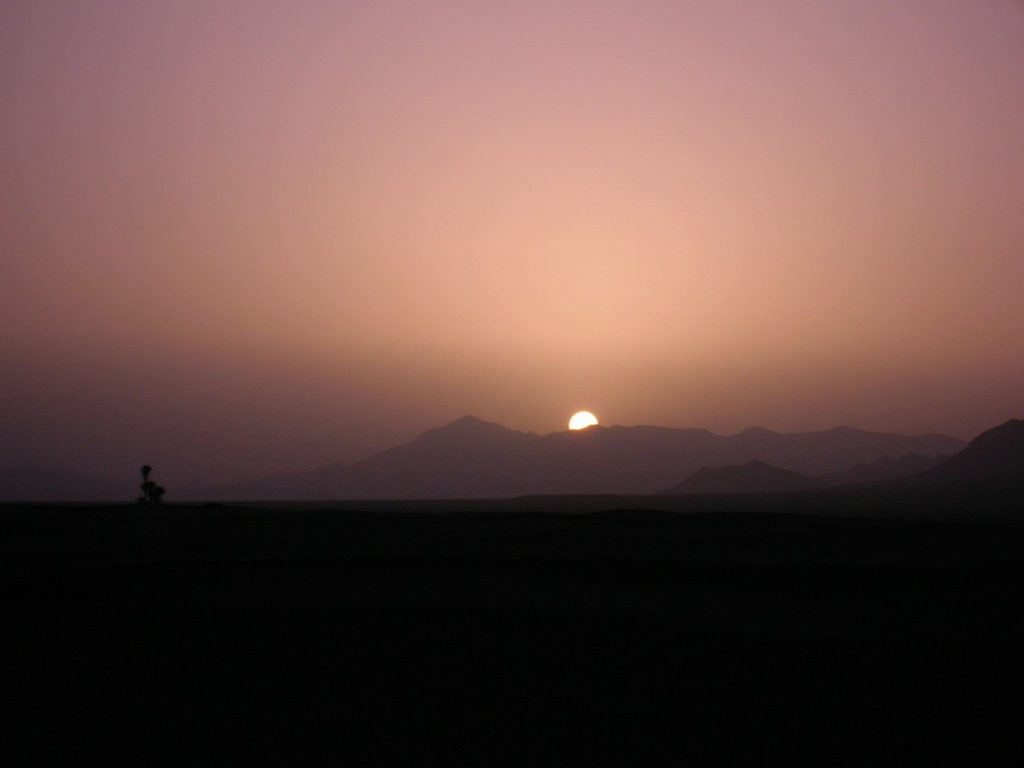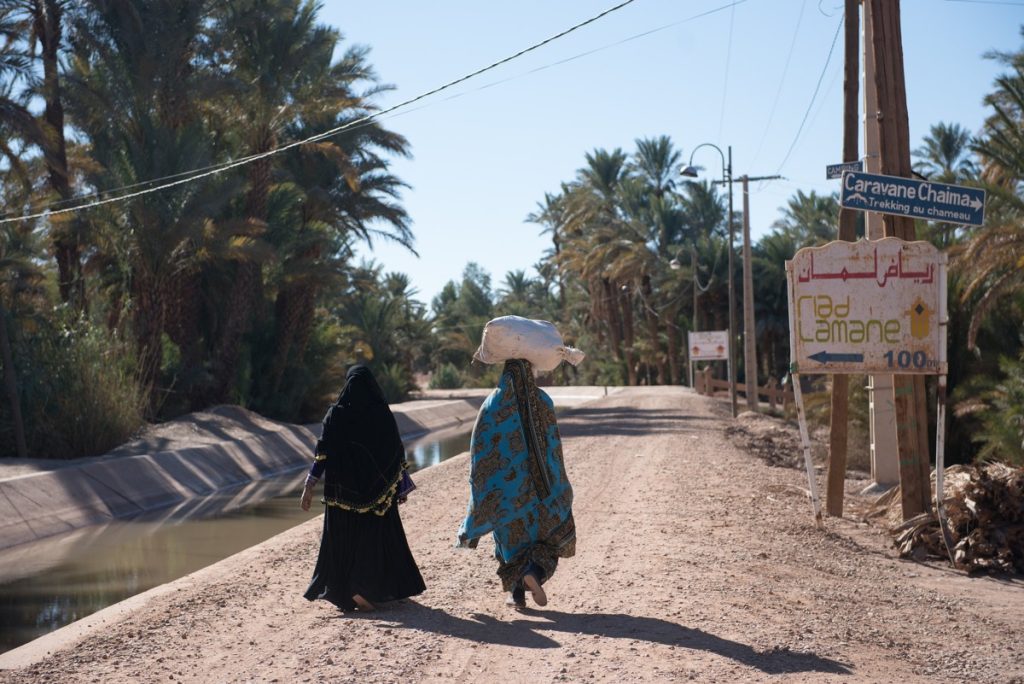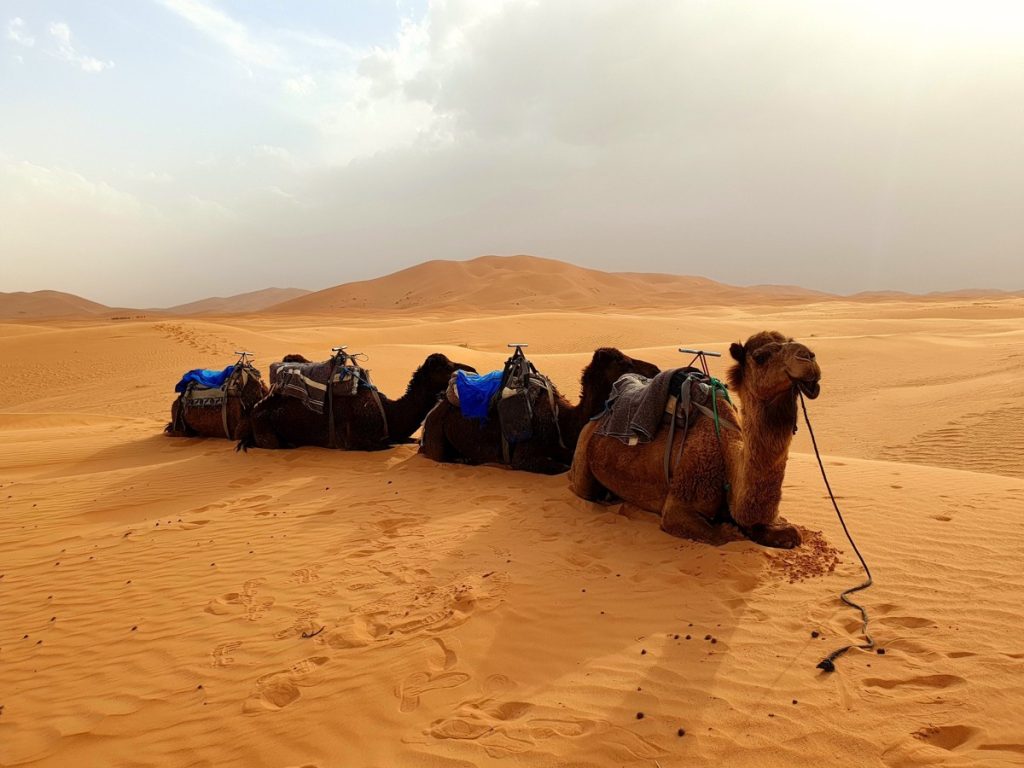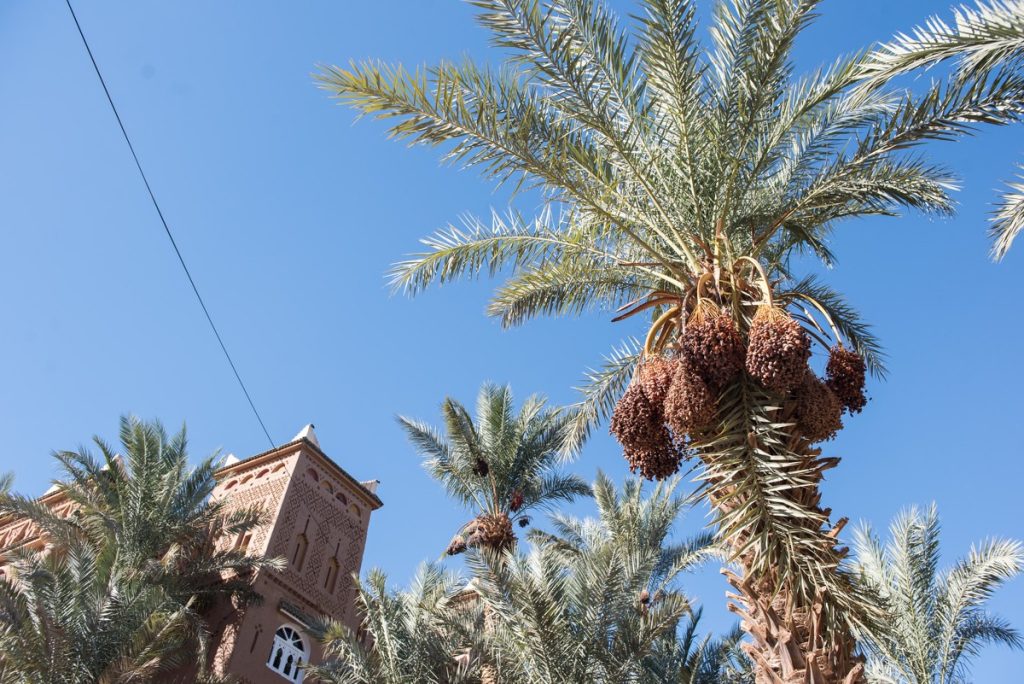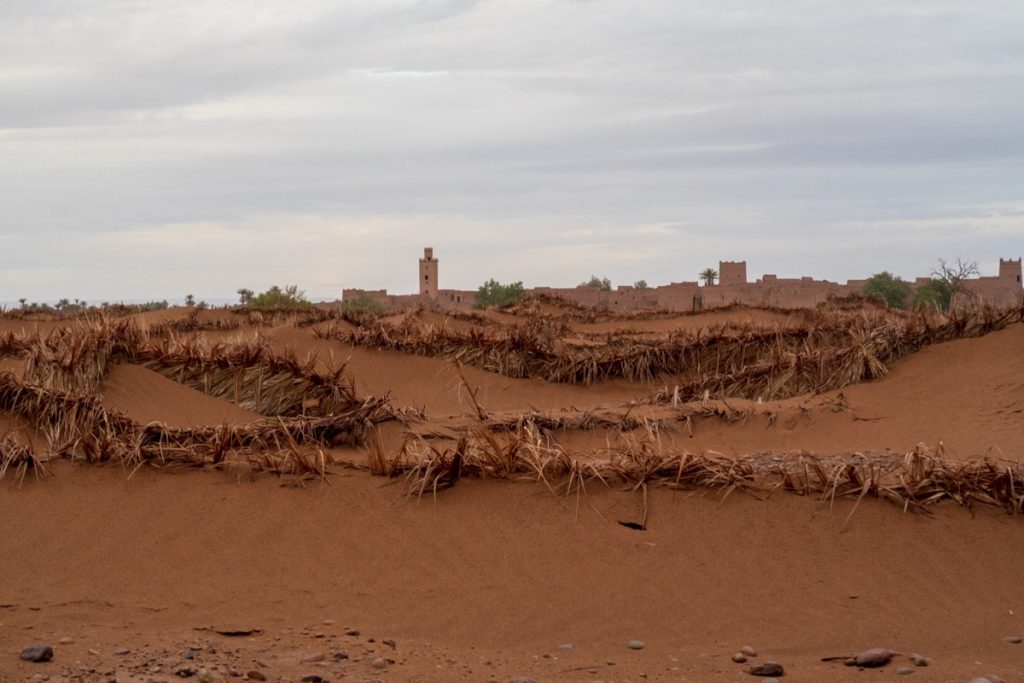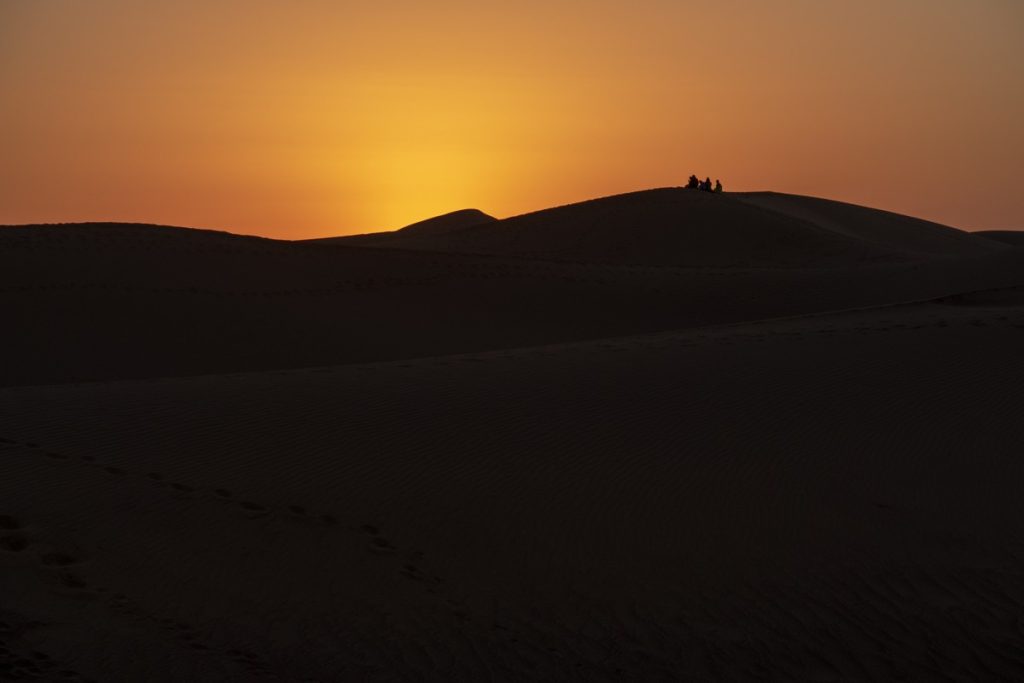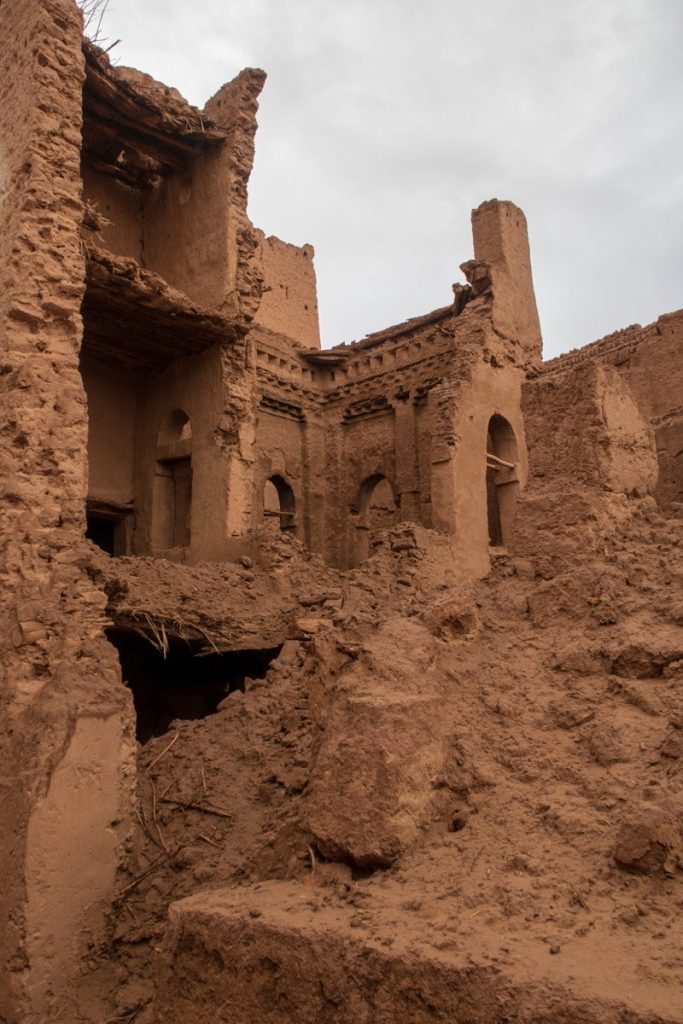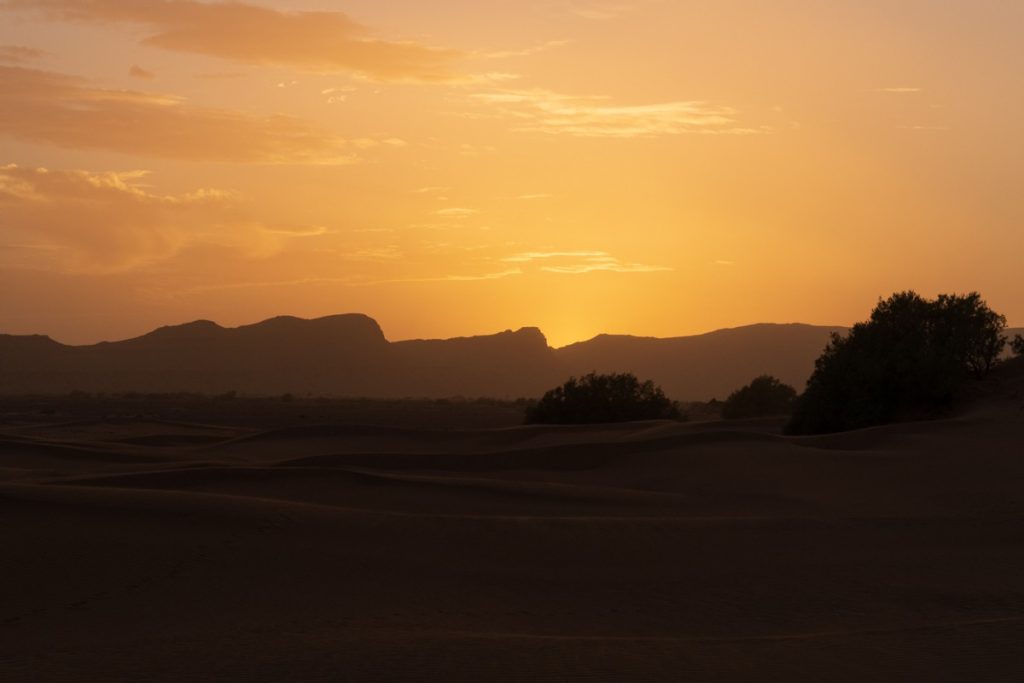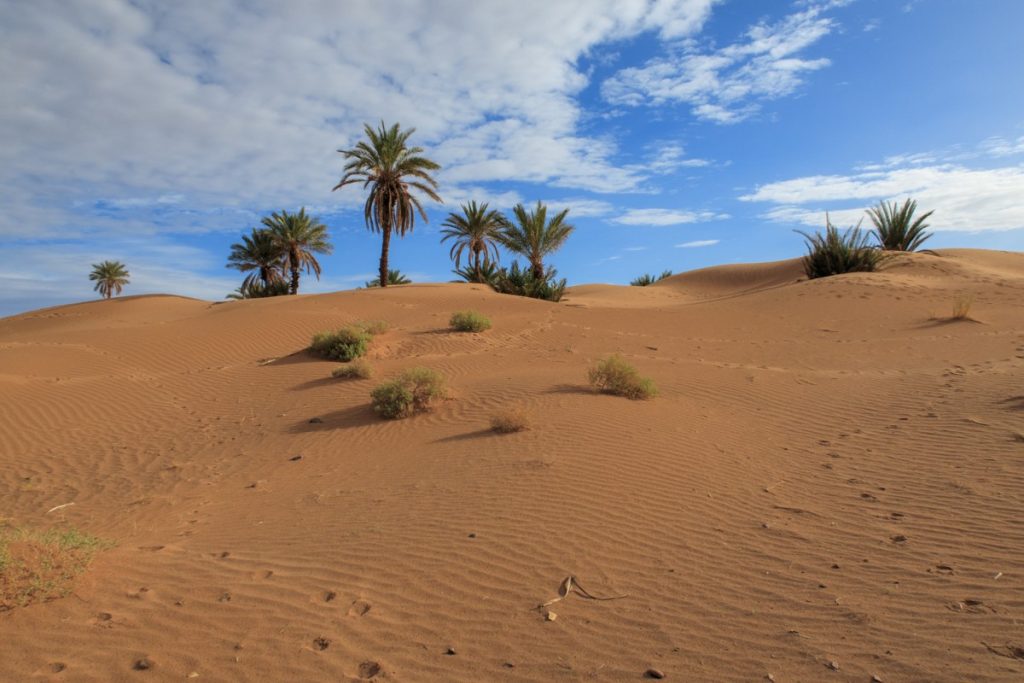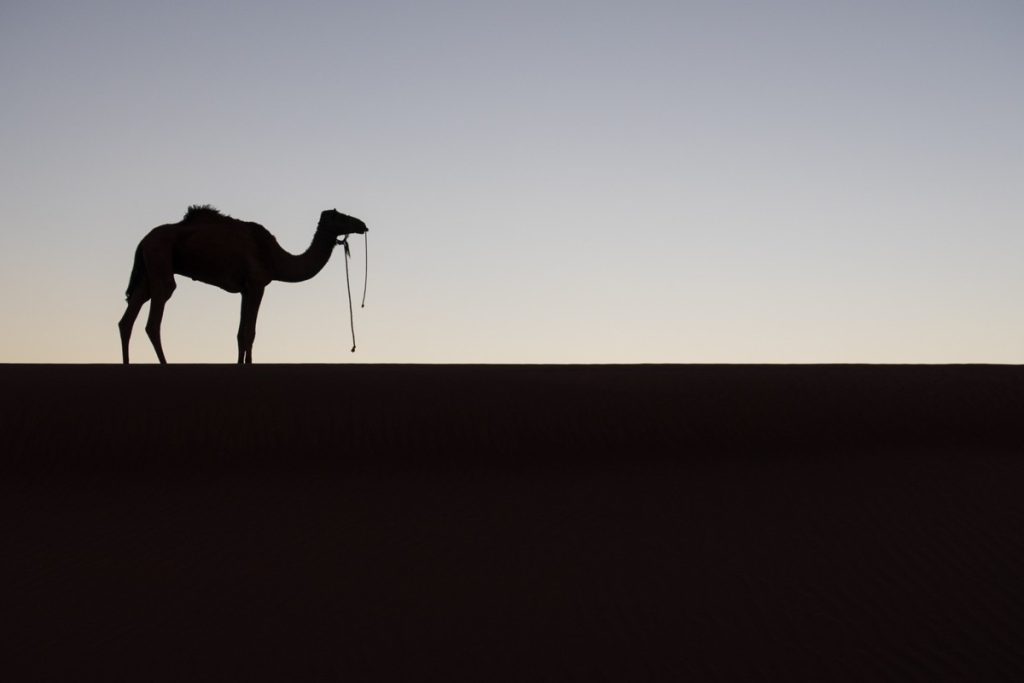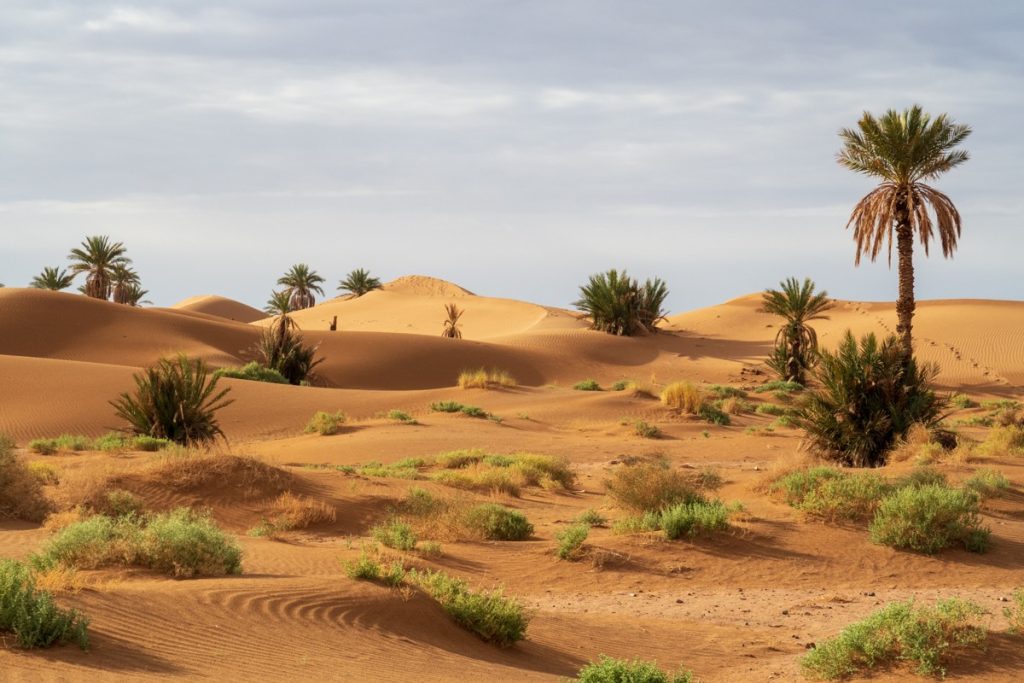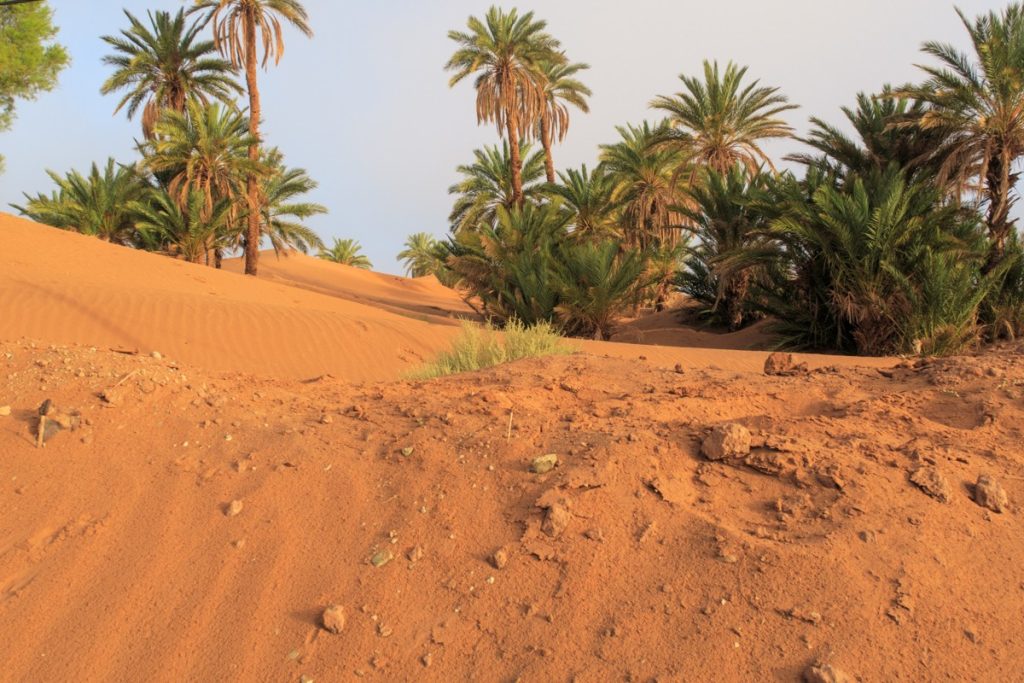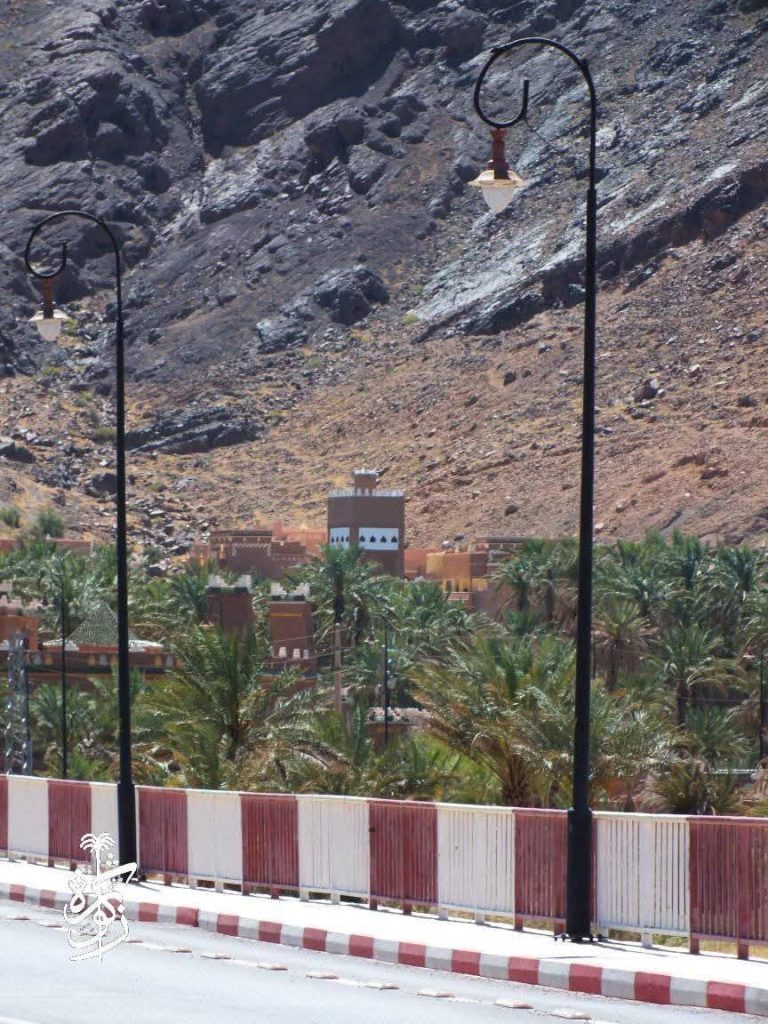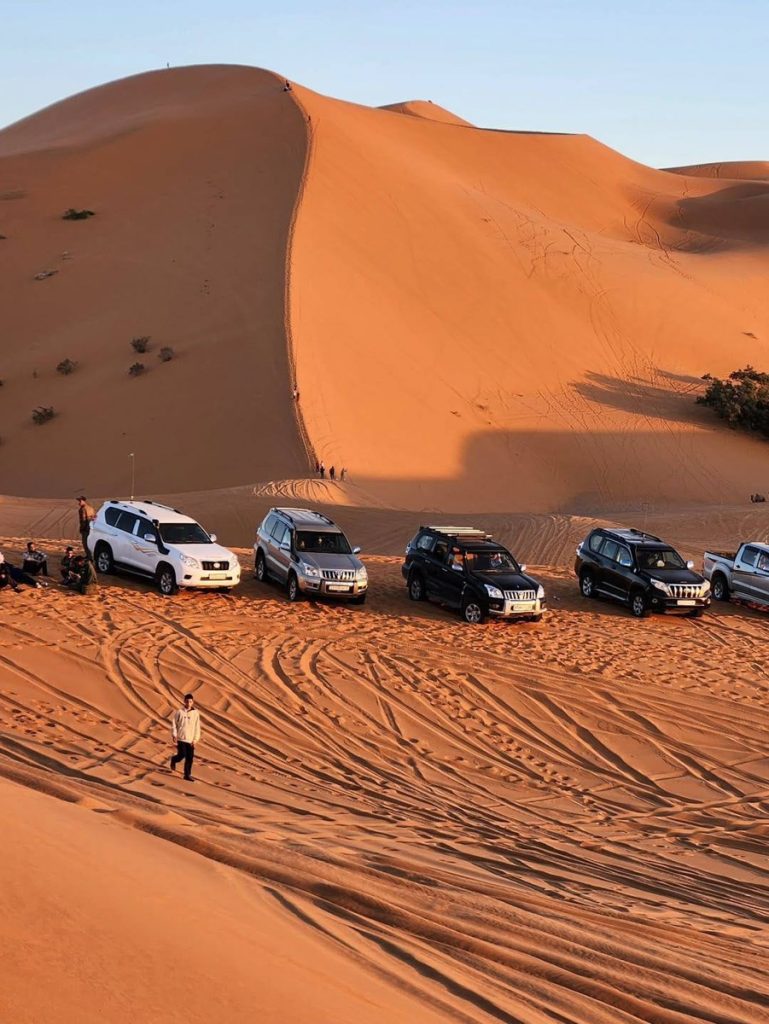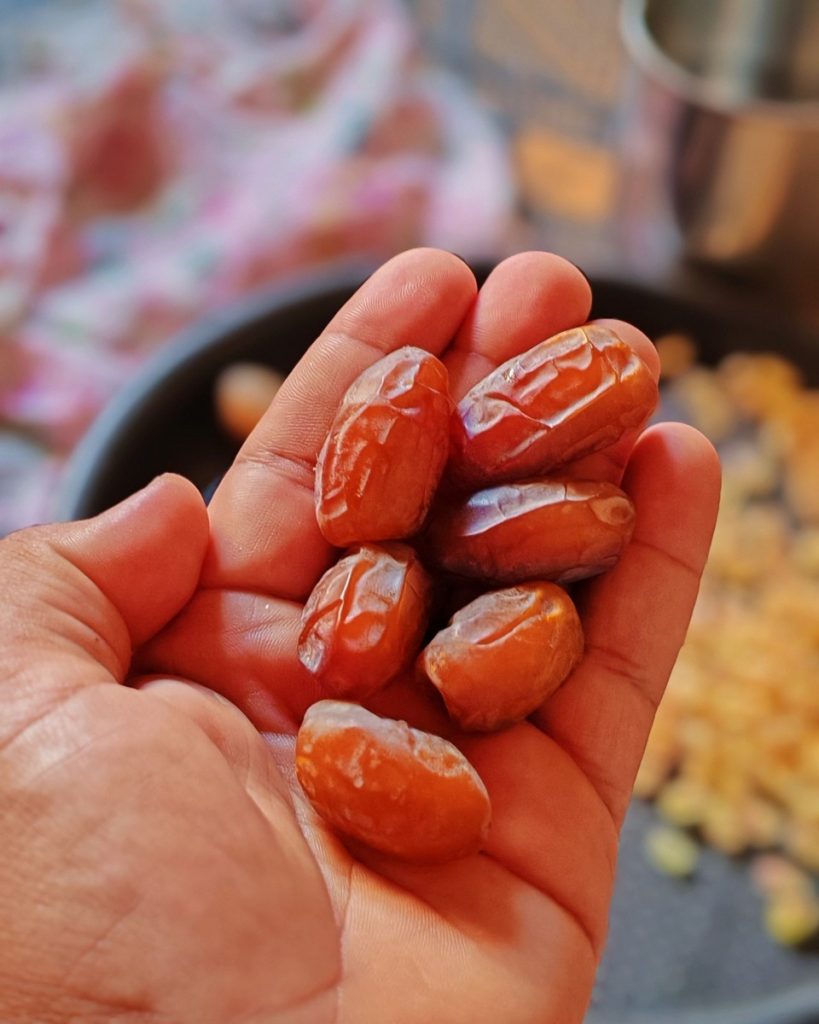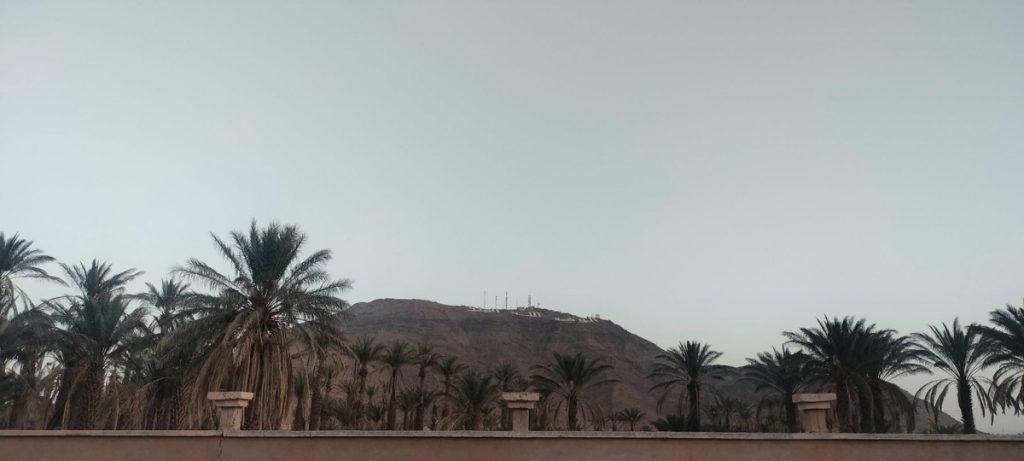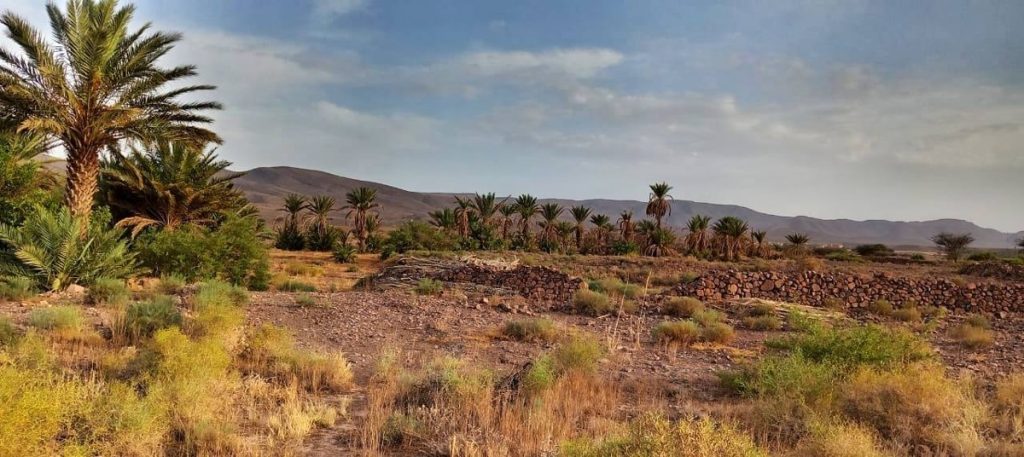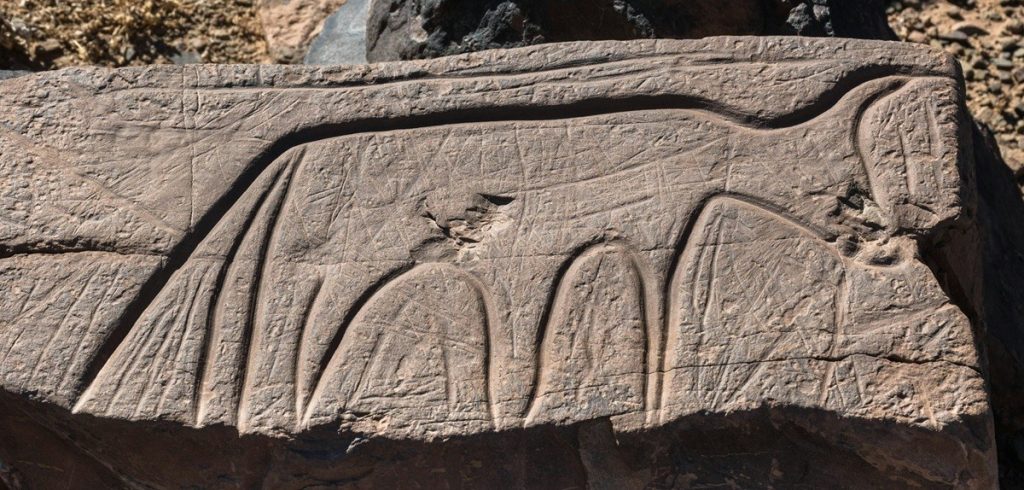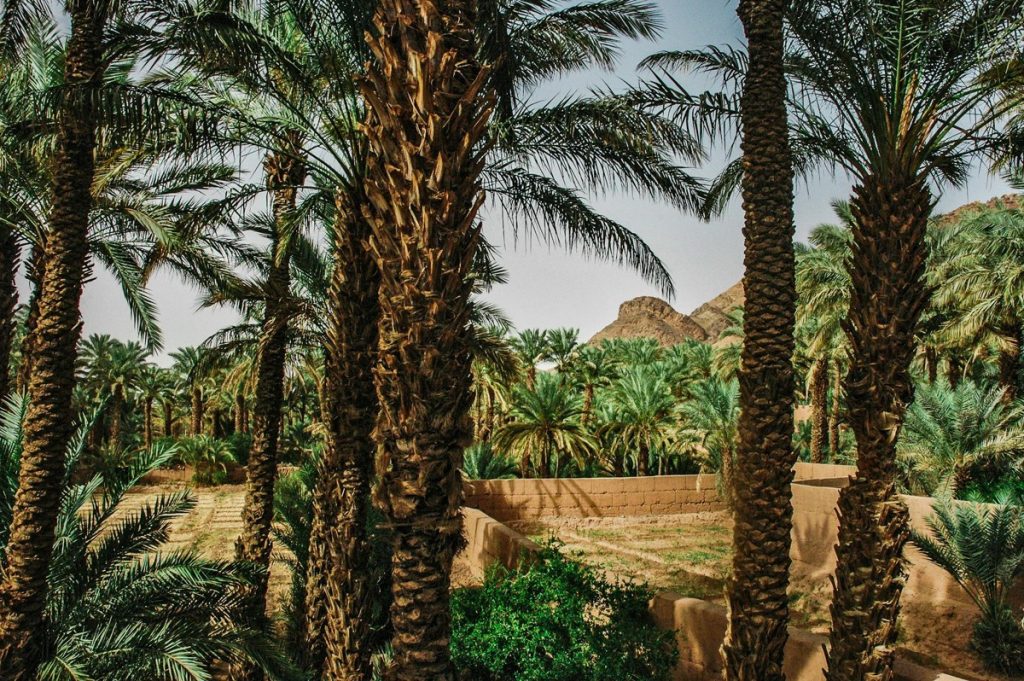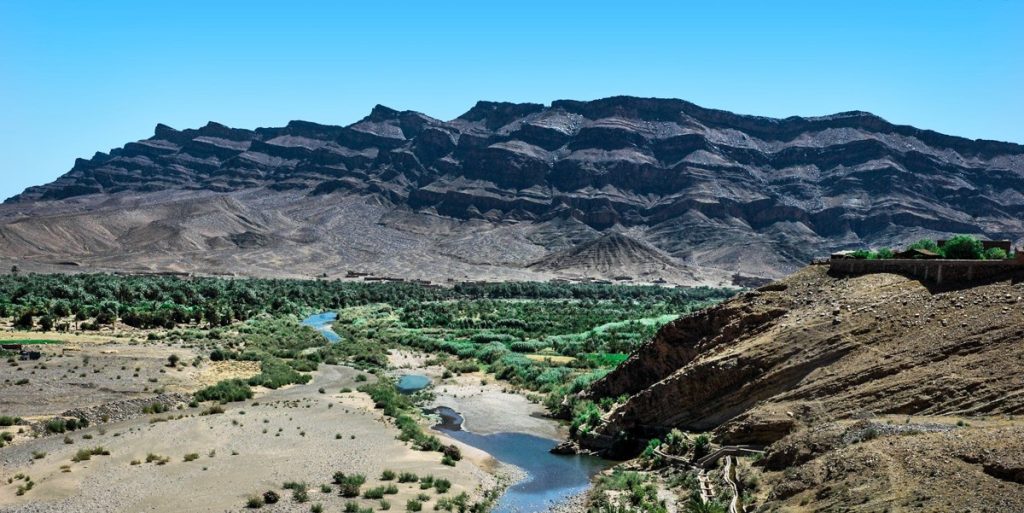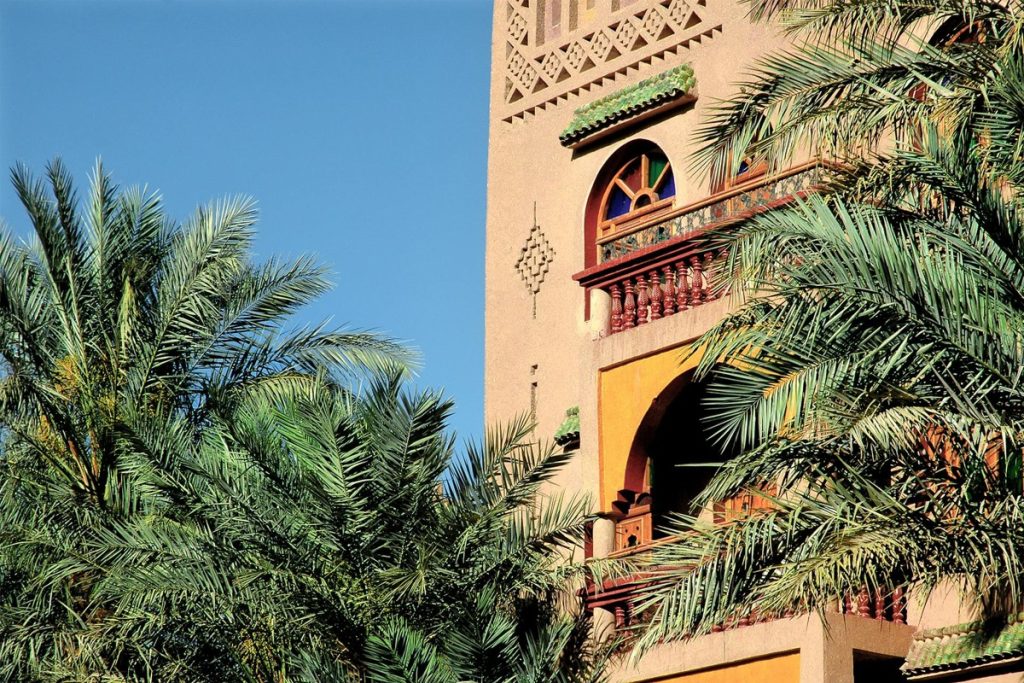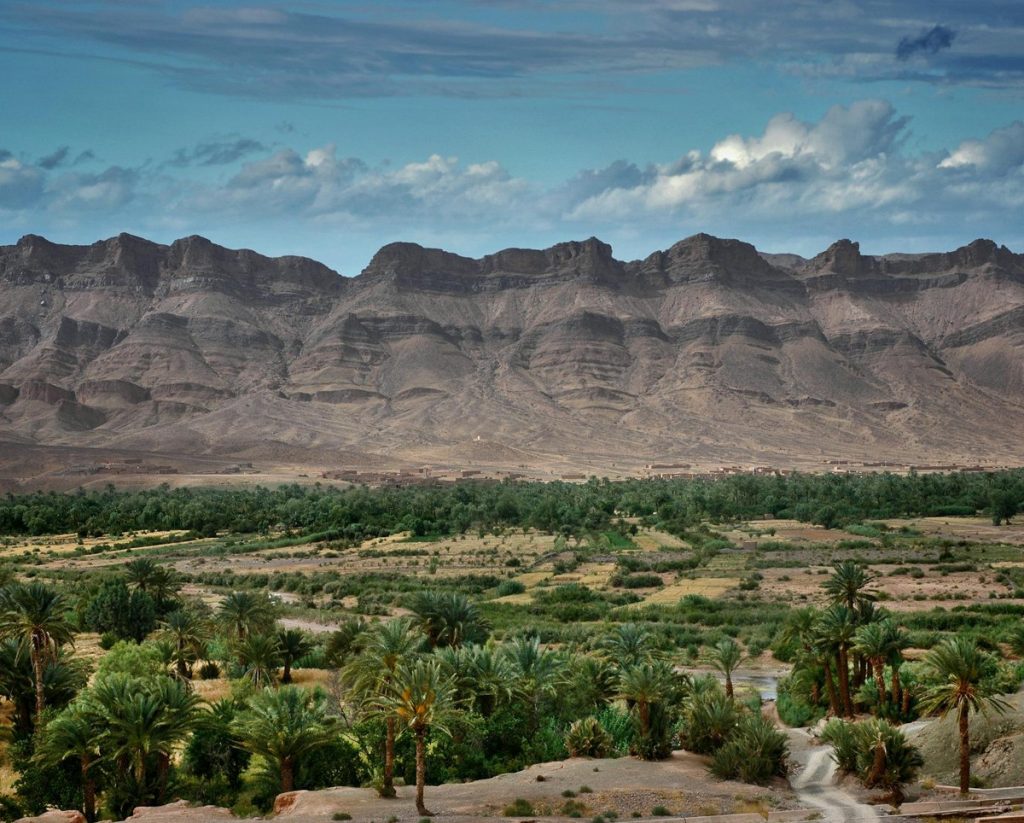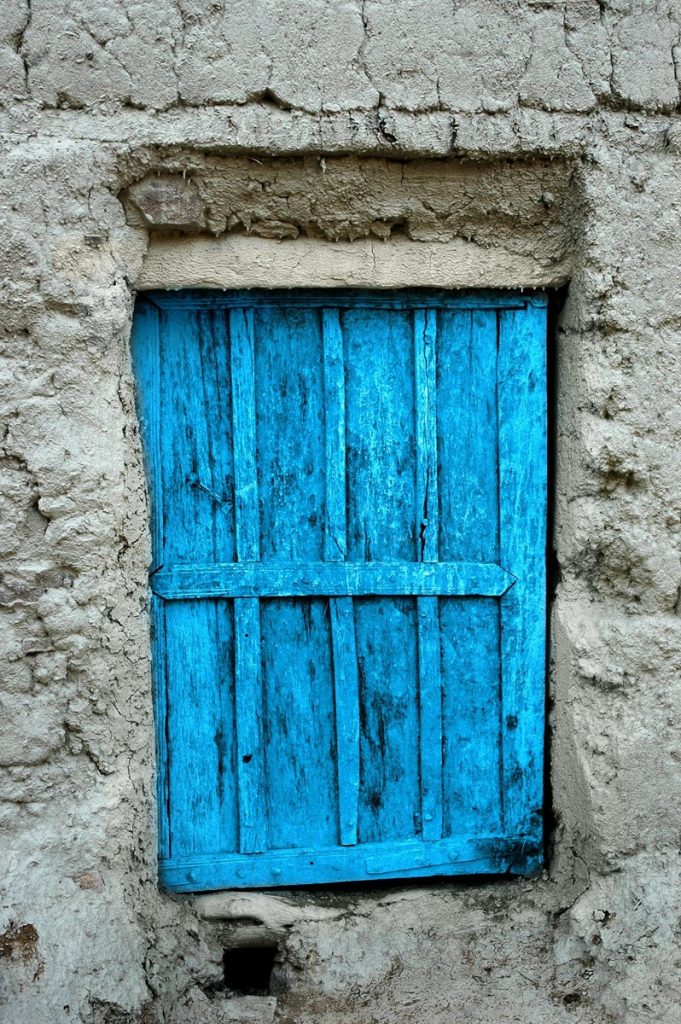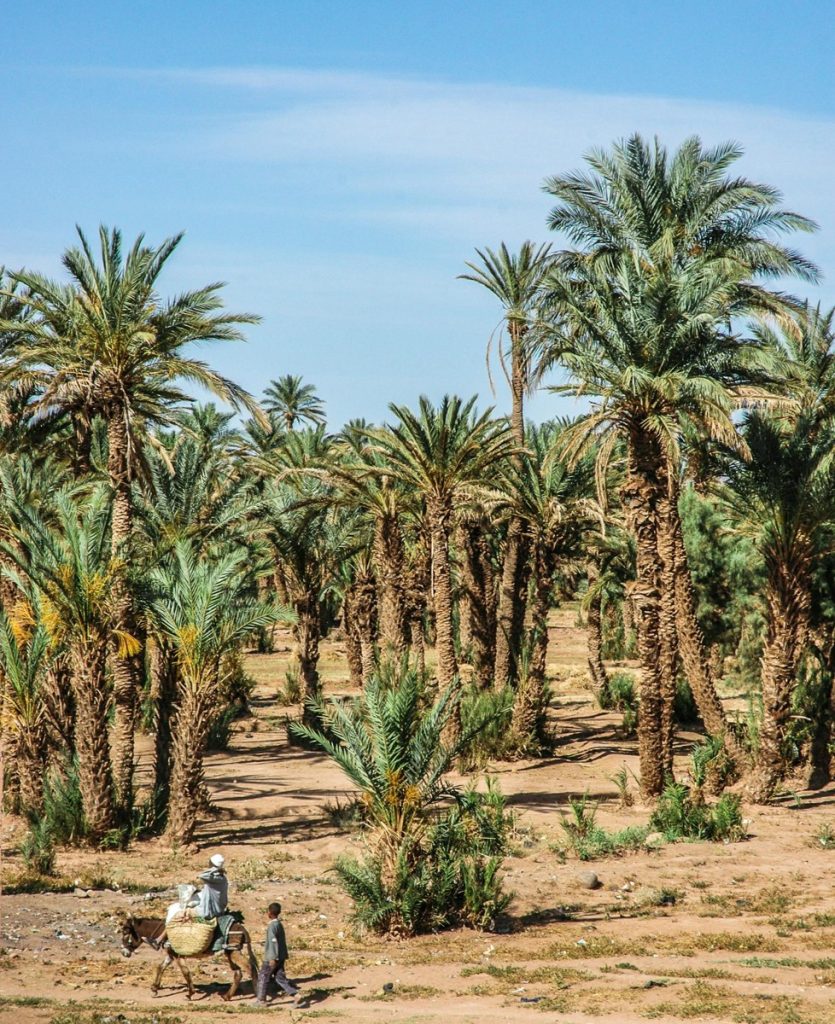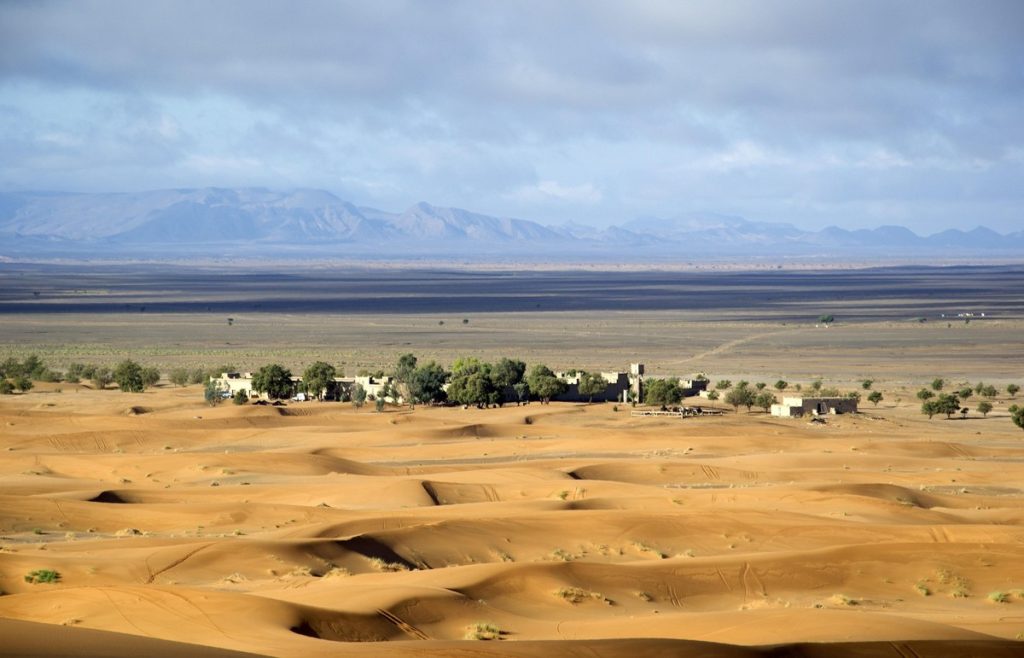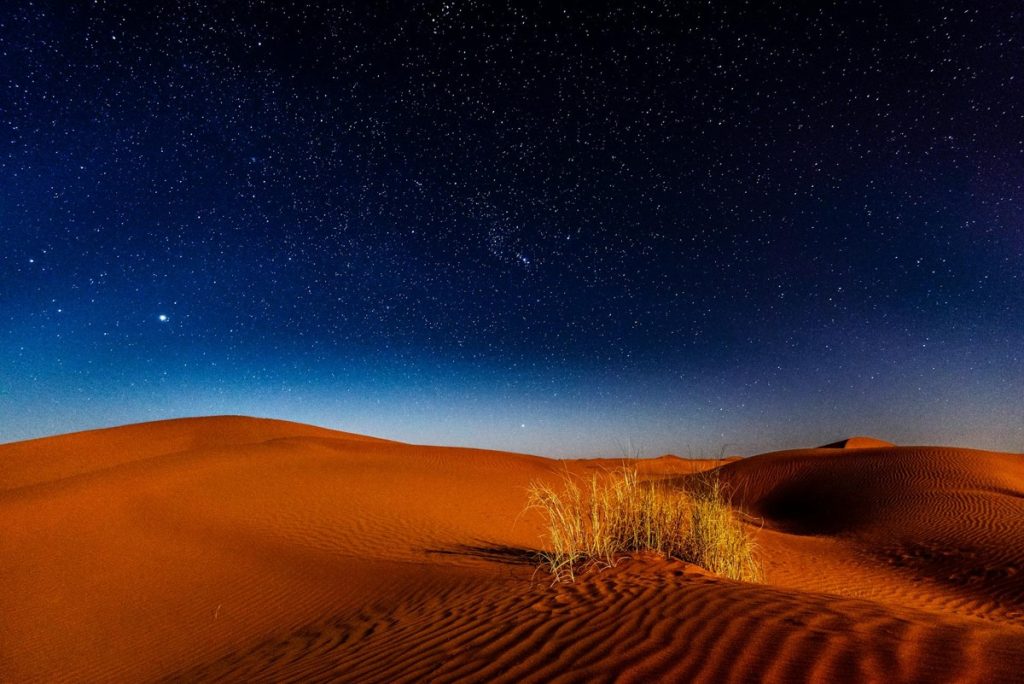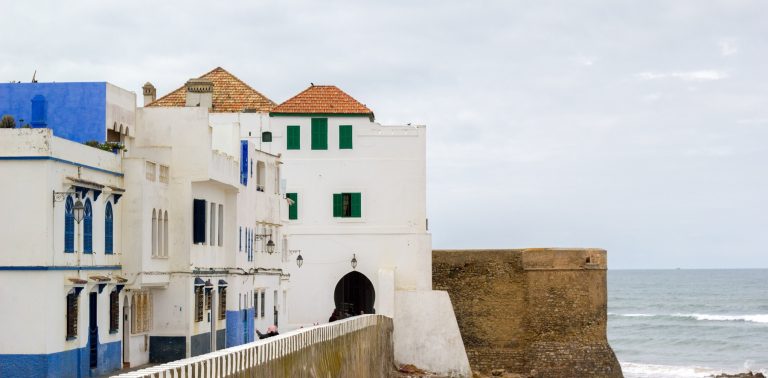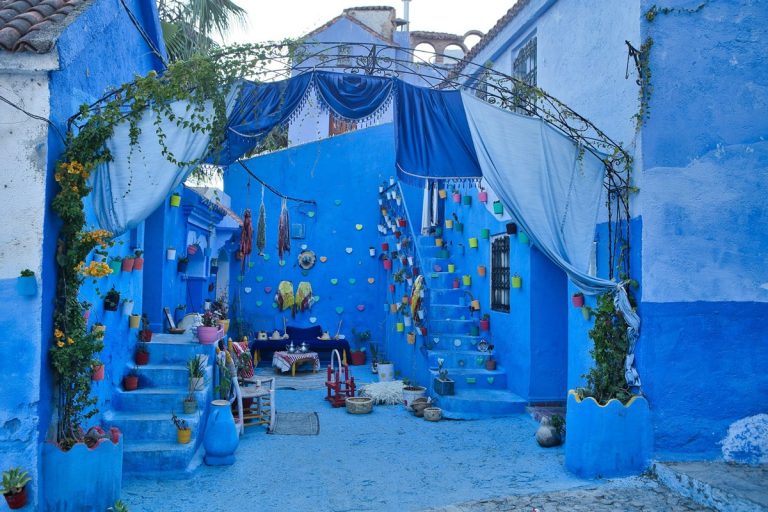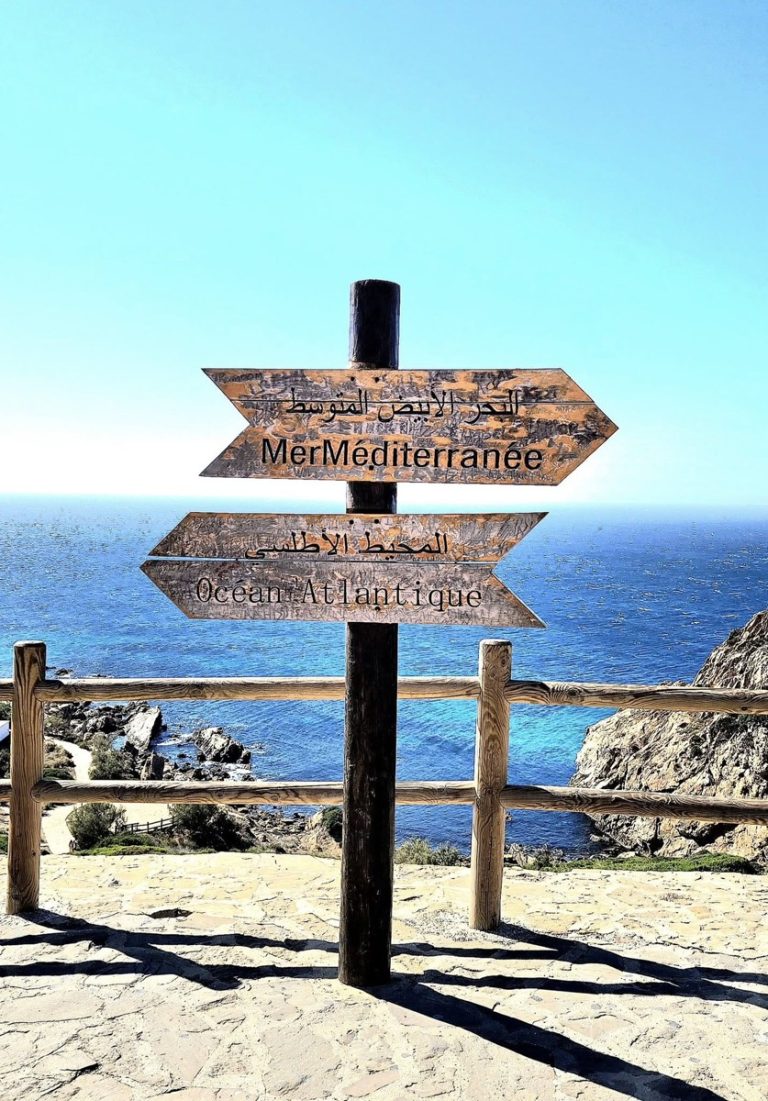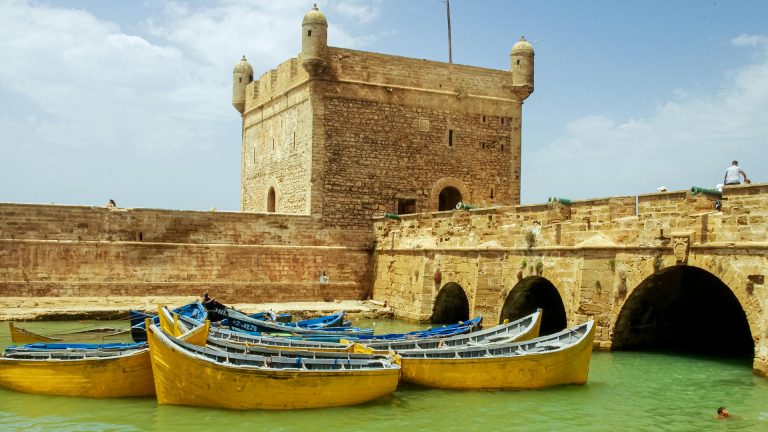Zagora Desert Adventures: Your Gateway to Sahara Magic
Zagora Desert Adventures changed everything I thought I knew about silence. Standing at the edge of those endless dunes with nothing but wind-carved sand stretching toward infinity—that’s when I understood why people have been making pilgrimages to this place for centuries. And honestly? The Instagram photos don’t even come close to capturing what it feels like when you’re actually there, feeling the desert breathe around you.
I’ve been leading travelers into Morocco’s heart for over two decades now, and I still experience goosebumps every single time we approach Zagora. There’s something about this ancient trading post that sits between the modern world and the timeless Sahara—it’s like standing in a doorway between two entirely different realities. The town itself hums with an energy that’s distinctly Moroccan: vendors calling out in Darija, the sharp scent of cumin and saffron drifting from spice stalls, and that particular quality of light that seems to make everything glow from within.
Why Zagora Should Be Your Desert Starting Point
Look, I’ll be straight with you—there are multiple gateways to the Sahara Desert from Morocco. You’ve got Merzouga to the east and M’Hamid further south. But Zagora? It holds a special place for reasons that go beyond just geography (though being only about 160 kilometers from Ouarzazate certainly doesn’t hurt when you’re planning your itinerary).
This town has been welcoming desert travelers since… well, since before “tourism” was even a word we used. The Draa Valley unfolds just beyond Zagora’s edges, creating this stunning contrast between palm groves and arid wilderness that I never tire of witnessing. When you walk through Zagora’s markets—and you truly must spend time there before heading into the dunes—you’re not just shopping. You’re participating in traditions that have existed for literally centuries.
What are the local artisans doing here? They’re not creating trinkets for tourists (okay, some do, but that’s not what I’m talking about). Watch a master weaver working on a traditional Berber carpet, and you’re seeing techniques passed down through so many generations that nobody even remembers when they started. I once spent an entire afternoon with a silversmith in Zagora who showed me how he creates these intricate Tuareg crosses—each symbol holding meanings about protection, luck, and safe travels through the desert. His hands moved with such certainty, such knowledge embedded in muscle memory, that I found myself completely mesmerized.
The Journey to Erg Chigaga: Where Real Adventure Begins
Here’s where things become intriguing. The Erg Chigaga Dunes sit about 60 kilometers west of the village of M’Hamid, which itself is roughly 98 kilometers south of Zagora. Currently, these distances may not appear substantial in written form, but believe me—this is not comparable to driving on a highway. The transformation of the landscape during this journey is so profound that the word “transformative” fails to adequately describe it.
You start across rocky plains (what we call “hammada” in Darija), where the earth is dense and ancient, scattered with dark stones that have been sitting unchanged for millennia. The 4×4 traverses seemingly insurmountable terrain, yet our drivers manage it with the effortless assurance of reversing out of their driveway. They know every dip, every rocky outcrop, every place where the sand suddenly becomes too soft and you need to deflate your tires just a bit more.
Then gradually—and this transition always catches people by surprise—the landscape begins undulating. The rocks give way to sand. Small dunes appear, then larger ones, and suddenly you’re surrounded by these massive golden waves frozen mid-crash. The Erg Chigaga region contains some of Morocco’s highest dunes (we’re talking about 300 meters tall in places), and they just keep rolling toward the horizon in every direction.
When you finally switch from the 4×4 to camel trekking, everything shifts again. The mechanical rumble of the engine fades away, replaced by the soft padding of camel feet on sand and the creaking of leather saddles. Time itself seems to slow down—or maybe you just start noticing it differently when you’re swaying gently along at camel pace, watching your shadow stretch longer across the dunes as the sun angles toward the horizon.
I remember this one guest (a corporate lawyer from London, actually) who spent the first twenty minutes of the camel ride checking her phone compulsively. Then the signal died completely. She exhibited a panicked expression for approximately five seconds… and then I observed her face change into an expression of genuine relief. “I can’t work even if I wanted to,” she said, laughing. That’s the gift the desert gives you—it removes the choice to stay connected to that other world, forcing you into the present moment whether you’re ready or not.
Desert Camp Life: More Than Just Sleeping Under Stars
The traditional Berber tents at our desert camps look deceptively simple from the outside. Heavy woven fabric, wooden poles, and carpets layered on the sand floor. But step inside one of these structures during the heat of the day, and you’ll understand immediately why this design has persisted for centuries—it stays remarkably cool. The thick fabric breathes in a way that modern materials just can’t replicate.
Now, I should mention that “desert camp” can mean wildly different things depending on where you go. Some operations have effectively established five-star hotels in remote locations, equipped with amenities such as proper bathrooms, electricity, and beds comparable to those found in luxury hotels. Others offer a more… shall we say, authentic experience with much simpler accommodations. Both have their merits! The luxury desert camps near Erg Chigaga strike this beautiful balance—comfortable enough that you actually sleep well (which matters more than people realize), but still maintaining that essential connection to the desert environment.
The evening ritual at camp follows a rhythm that feels older than memory. As the sun begins its descent—and desert sunsets are their own kind of miracle, painting the dunes in shades that shift from gold to rose to deep purple—the camp staff starts preparing dinner. A traditional Berber dinner cooked over an open fire produces flavors that somehow taste entirely different than the same dishes prepared in a restaurant kitchen back in Marrakech.
I’m talking about tagines where the meat falls away from the bone after hours of slow cooking, vegetables that have absorbed wood smoke and spices in perfect harmony, fresh bread that’s been baked directly in the coals (we call it “khobz tabouna”), and endless pots of sweet mint tea—the social lubricant of Moroccan culture. Eating this meal while seated on carpets in the sand, using your hands in the traditional way, transforms food into something more significant. It becomes communion.
Stargazing in the Sahara: A Humbling Experience
After dinner, after the drumming and singing (and if you’re lucky enough to be there when our guides are in particularly good spirits, the dancing), the real show begins overhead. Stargazing in the Sahara isn’t like looking at stars anywhere else I’ve ever been—and I’ve traveled extensively across five continents.
The Milky Way appears so clearly that it looks like someone spilled cream across the sky. You can see planets without a telescope. Shooting stars streak past with such frequency that people stop exclaiming after the first dozen. I’ve watched grown adults—sophisticated, well-traveled people—lie on their backs in the sand and weep from the sheer overwhelming beauty of it.
There’s something about being that far from artificial light, and disconnected from the constant hum of modern civilization, that recalibrates your sense of scale. You’re suddenly very aware of being a tiny speck on a planet spinning through infinite darkness, held by invisible forces we’ve only recently learned to measure and describe. It’s humbling in the best possible way—not diminishing, but clarifying. Your everyday concerns about deadlines and bills and social media notifications seem almost comically insignificant under that vast canopy of ancient light.
Our Berber guides have their own relationship with these stars. They know constellations that Western astronomy doesn’t name and stories about celestial beings and desert djinn that predate Islam by centuries. Listen to Ali (one of our most experienced guides) tell the story of how the first Berber nomads learned to navigate using star patterns, and you’re accessing knowledge that kept people alive in one of Earth’s most unforgiving environments.
Dawn in the Dunes: Why You Need to Wake Up Early
I know, I know—you’re on vacation. The last thing you want is someone telling you to set an alarm. But here’s the thing about desert sunrise: if you sleep through it, you’re missing arguably the most magical part of the entire experience.
The desert before dawn is cold (something that surprises people who expect relentless heat). You’ll want that extra blanket they provided. The world exists in this strange twilight state—not quite night anymore, but not yet day. Then slowly, almost imperceptibly at first, the eastern sky begins changing. Deep indigo fades to violet, violet bleeds into rose, and rose transforms into this particular shade of orange that seems to exist nowhere else on Earth.
Watch how the light touches the dunes—it happens in stages, like a curtain slowly lifting. The peaks catch fire first, glowing gold while the valleys remain in shadow. Then as the sun climbs higher, the shadows shrink, and you can see the wind patterns written across the sand in delicate ripples, creating texture that wasn’t visible in yesterday’s flat afternoon light.
After sunrise comes breakfast—strong coffee or tea, fresh bread, olive oil, honey, jams, and usually some variation of Moroccan crepes (msemen or baghrir). Simple food tastes extraordinary when you’re eating it while watching the desert wake up around you.
Activities and Adventures: Choose Your Own Path
Properly executed desert tours provide structure without being rigid. Yes, there’s an itinerary. But within that framework, you have choices about how you want to spend your time.
Sandboarding down the dunes is pure joy, especially if you can let go of looking graceful and just embrace the inevitable tumbling. There’s something delightfully childlike about climbing a massive dune with a board under your arm, positioning yourself at the top, and then flying down in a spray of golden sand. You will find sand in locations you previously believed unreachable (pro tip: thoroughly shake out all items), but the resulting laughter makes it worthwhile.
Trekking through the dunes on foot reveals details you’d never notice from camelback or 4×4. You start seeing the smaller-scale dramas playing out across this landscape—tracks left by desert foxes and lizards, beetles struggling across the sand, and the occasional hardy plant that has somehow figured out how to survive on almost nothing. These walks can be meditative if you let them. It’s just you, the sand, the sky, and your thoughts.
Alternatively, you can choose to do absolutely nothing. Sit at camp reading a book, dozing in the shade, and watching the light change. Sometimes the best adventure is allowing yourself to simply be still in a place where stillness comes naturally.
The Human Element: Your Berber Guides
I cannot stress this enough—the quality of your Morocco desert experience depends overwhelmingly on your guides. Anyone can drive you to some dunes and pitch a tent. What transforms the trip into something meaningful is having guides who truly know and love this landscape.
Our Berber guides grew up in this region. They spent their childhoods learning the desert the way city kids learn their neighborhood streets. They know which plants hold water, how to read weather signs in cloud patterns, and where the best dunes are for watching sunset versus sunrise. More importantly, they deeply comprehend the moods and rhythms of the desert.
Hassan, who has been guiding for our operation for fifteen years, once told me, “The desert is my first teacher. Before school, before books, the sand taught me patience. The stars taught me navigation. The silence taught me to listen.” The above statement isn’t romantic exaggeration—it’s literal truth for people who grew up nomadic or semi-nomadic in this environment.
When you have the opportunity (and I strongly encourage making these trips happen), visiting traditional Berber villages adds profound depth to your understanding. These communities have maintained their cultural identity while adapting to modern realities—solar panels next to traditional architecture, smartphones alongside ancient crafts. The hospitality extended to visitors follows codes that predate Islam, rooted in the practical reality that survival in harsh environments depends on mutual aid.
During a group visit to a village, a family graciously invited us into their home for tea. The matriarch spoke no English or French (only Tamazight and Arabic), but her warmth transcended language barriers. She insisted on showing us her daughter’s wedding preparations, the intricate henna designs being practiced, and the traditional jewelry being prepared. In that mud-brick home, over sweet tea and almond cookies, we formed a connection that created understanding no guidebook could possibly convey.
Practical Considerations: What You Actually Need to Know
Let me shift into practical mode for a moment, because while poetry about desert sunsets is lovely, you also need concrete information to plan this properly.
Best time for desert adventures: October through April offers the most comfortable temperatures. Summer in the Sahara is brutal—we’re talking 45-50°C (113-122°F) during the day. Unless you’re particularly masochistic, avoid June through August. Spring (March-April) brings occasional wildflowers blooming after winter rains, which is spectacular if you time it right.
What to pack: Layers are essential because temperature swings from day to night can be dramatic (a 30°C/54°F difference isn’t unusual). Sunscreen, sunglasses, and a good hat are non-negotiable. A scarf or shawl (we call them “shesh” in Darija) serves multiple purposes—sun protection, warmth at night, and face covering during wind. Bring comfortable walking shoes and sandals for your camp. And please, bring a headlamp or flashlight for nighttime navigation.
Duration: While quick overnight trips exist, I recommend at least two nights in the desert if your schedule allows. The first night, people are still decompressing from their regular lives, their minds still spinning with residual stress. By the second night, you’ve actually settled into desert time, and the experience deepens considerably.
Physical requirements: The camel riding is gentler than most people expect, though if you have back problems, mention your concerns in advance (modifications can be made). The 4×4 portions can be bumpy. Overall fitness helps with activities like dune climbing but isn’t strictly necessary for the basic experience.
Beyond the Standard Route: Hidden Gems Worth Finding
If you have extra time and want to venture beyond the typical circuit, the Draa Valley deserves several days of exploration. This ribbon of green cutting through the arid landscape contains some of Morocco’s most beautiful kasbahs (fortified villages), extensive palm groves producing excellent dates, and villages where time seems to move at a different pace entirely.
The kasbah of Tamnougalt, about 95 kilometers north of Zagora, dates back to the 16th century and offers fascinating insight into the defensive architecture of that period. Wander through its narrow passages and imagine what life was like when this was a crucial stop on the trans-Saharan trade routes bringing gold, salt, and slaves from sub-Saharan Africa toward the Mediterranean.
Some of our extended Morocco adventure tours incorporate rock art sites featuring prehistoric carvings—evidence of human presence in this region going back thousands of years when the climate was much different and this desert supported more life. Seeing these ancient images of elephants, giraffes, and other animals that no longer live here creates this vertiginous sense of time’s passage.
The Impact That Lingers: Why This Journey Matters
I’m going to get a bit philosophical here, but after two decades of taking people into the desert, I’ve noticed consistent patterns in how this experience affects them. Something about the combination of vast space, profound silence, and disconnection from normal life creates openings for transformation—if you’re receptive to it.
People arrive with full schedules, clutching their phones, already planning their next destination. Subtle magic unfolds in the desert. Their addiction to constant stimulation disappears, creating space for genuine introspection. Questions they’ve been avoiding suddenly demand attention. Priorities get reassessed. I’ve witnessed people make life-changing decisions during desert trips—career changes, relationship endings or beginnings, and creative breakthroughs.
I’m not saying this happens to everyone (some people just enjoy a nice camel ride and pretty sunset, which is perfectly valid). However, for those who genuinely embrace the present moment, the Zagora gateway to the Sahara provides access to innumerable internal and external landscapes.
Final Thoughts: Your Invitation to the Infinite
The Sahara doesn’t care about your plans or expectations. It’s been here long before humans walked upright, and it’ll remain long after we’re gone. What it offers—generously, without asking anything in return—is perspective. Scale. Beauty that doesn’t need Instagram filters or clever captions.
Your desert adventure starting from Zagora will include practical elements: transportation logistics, meal schedules, and photography opportunities. But if you’re lucky (and open), it will also offer something infinitely more valuable—a reminder of your smallness and significance simultaneously, a reconnection with rhythms older than civilization, and a glimpse of freedom that exists beyond choices and schedules.
Those firelight circles’ drum rhythms echo centuries-old patterns. The stars overhead have guided countless travelers before you. The sand beneath your feet has witnessed empires rise and fall. You’re participating in something ancient and continuous when you accept the desert’s invitation.
I must admit that not everyone shares my deep love for the desert. Some people find it too empty, too austere, and too uncomfortable. And that’s acceptable. But those who do connect with it, who feel that pull toward the horizon and hear the silence speaking… they understand. They carry the desert with them afterward, this internal compass point of clarity they can return to when modern life gets too loud.
So if you’re considering this journey, if some part of you feels called toward those dunes—trust that instinct. Book the trip. Make the arrangements. Let Zagora work its magic as a threshold between worlds. And when you’re standing on top of a massive dune watching the sun set over an ocean of sand, when you’re lying on your back counting shooting stars, when you’re sharing tea with a Berber guide who navigates by stars his ancestors knew—you’ll understand why some journeys mark us indelibly.
The desert is waiting. It’s been waiting for thousands of years, patient and eternal. If you need more time, it will wait a little longer. But when you’re ready—really ready—it’s there to welcome you into its huge, quiet arms.
References:
Morocco Tourism Board – Official statistics and cultural information The Travel Channel—”Hidden Gems of Morocco” (2022) University of Fes Tourism Management Research Archives

